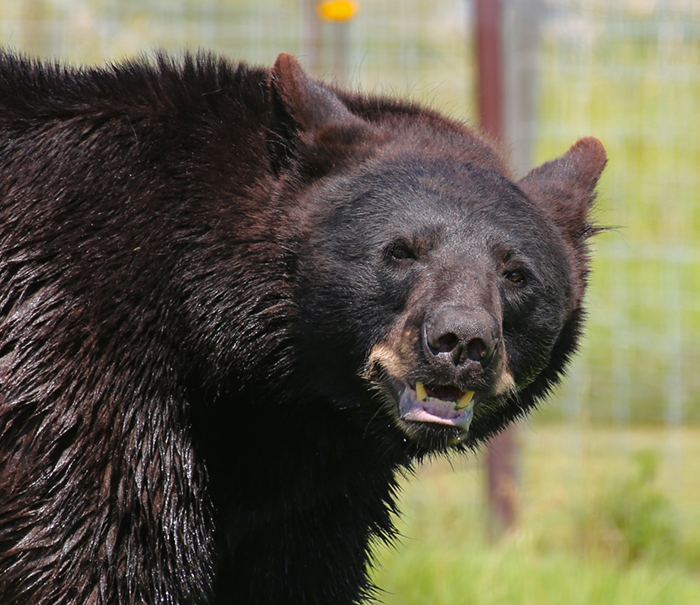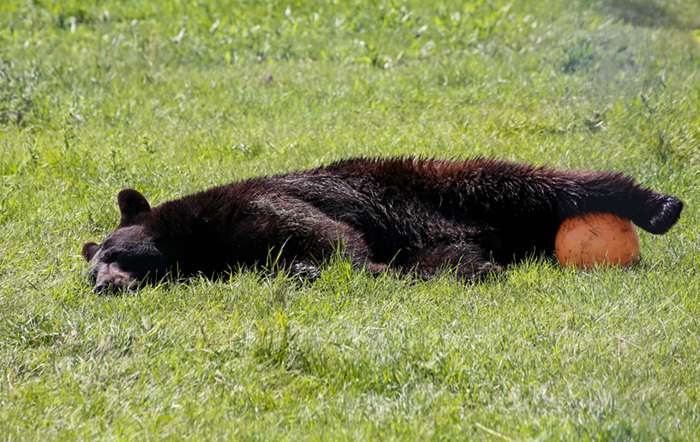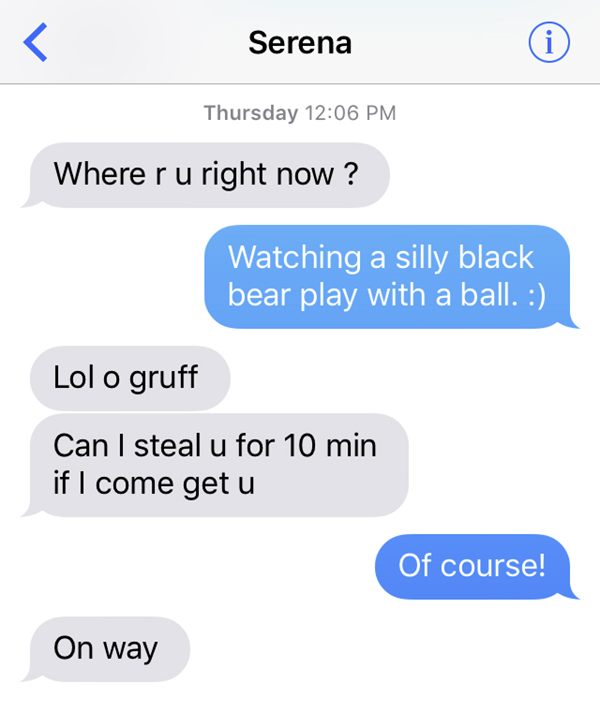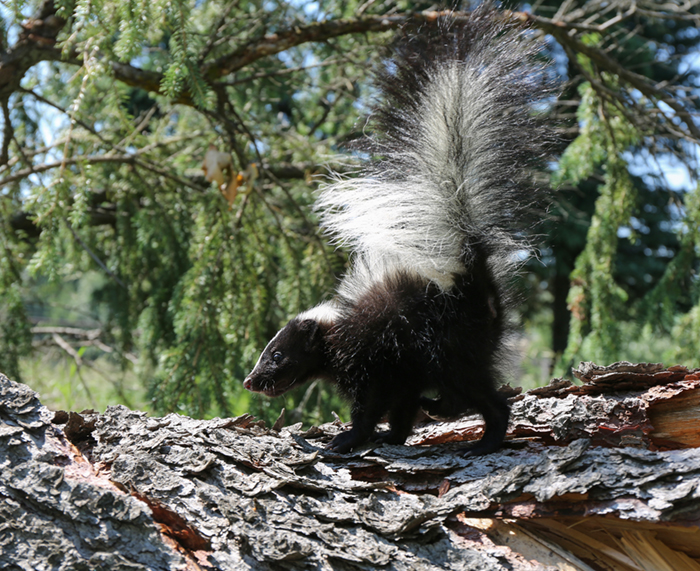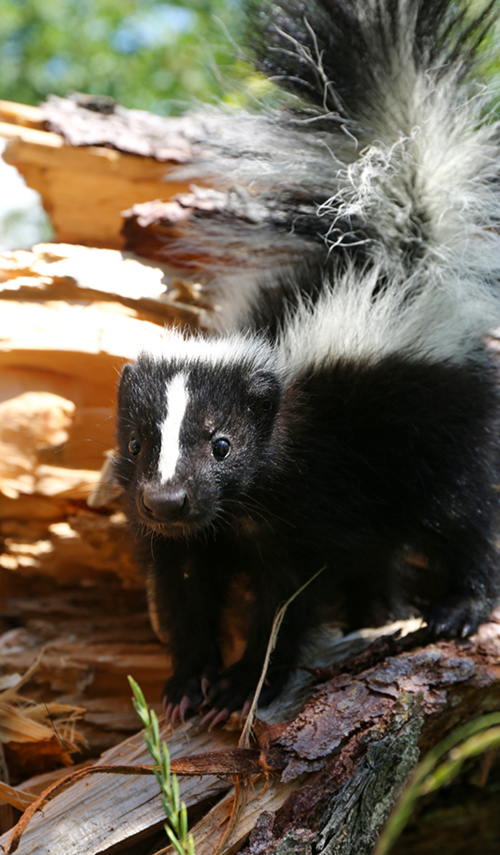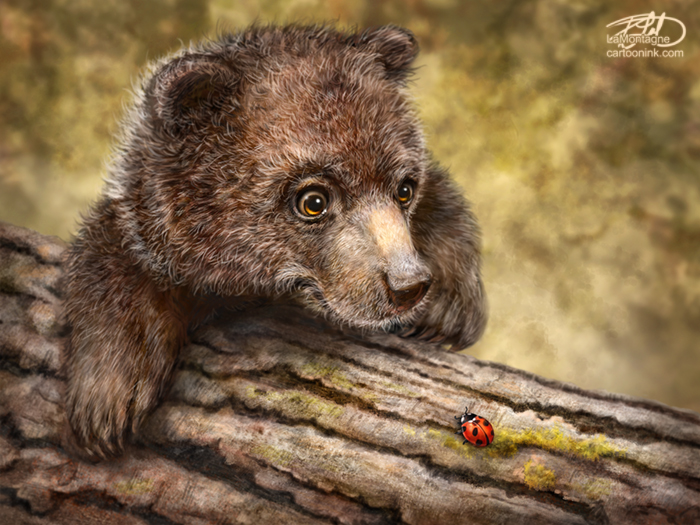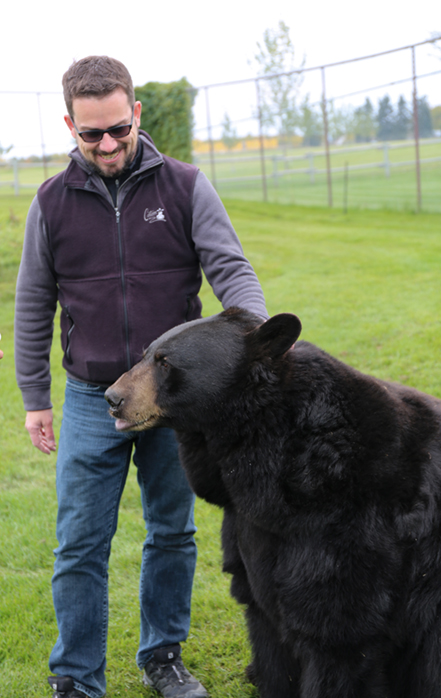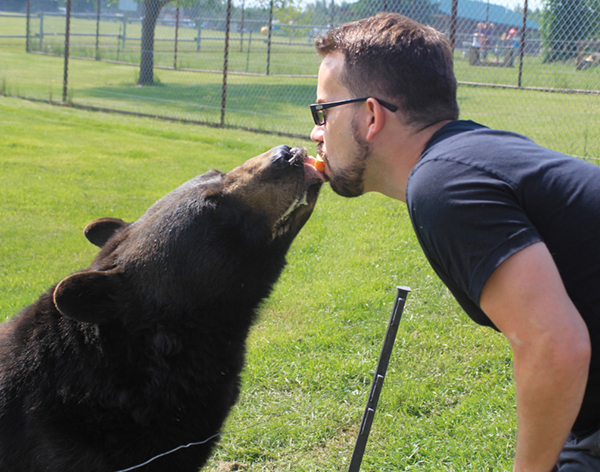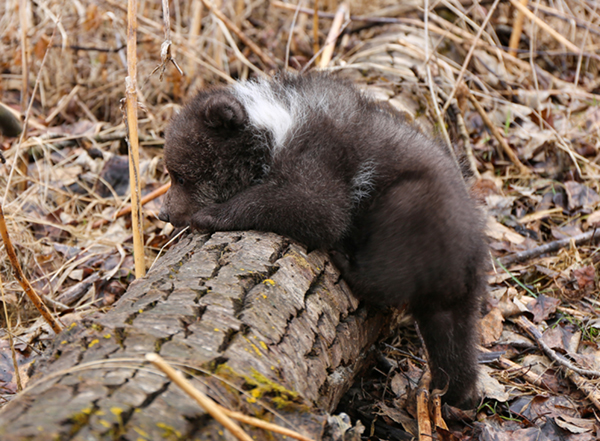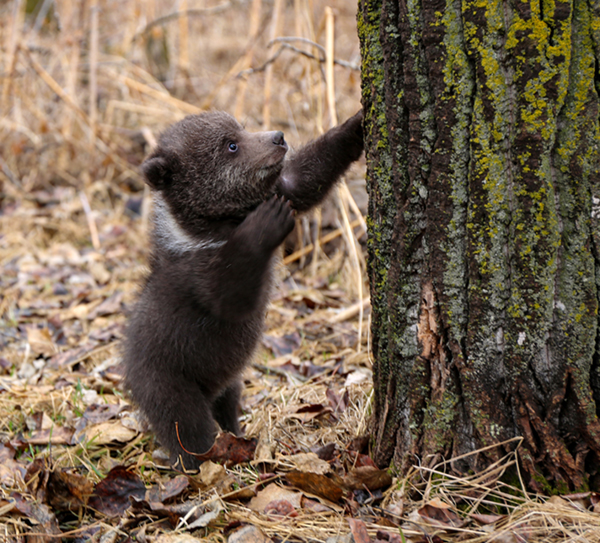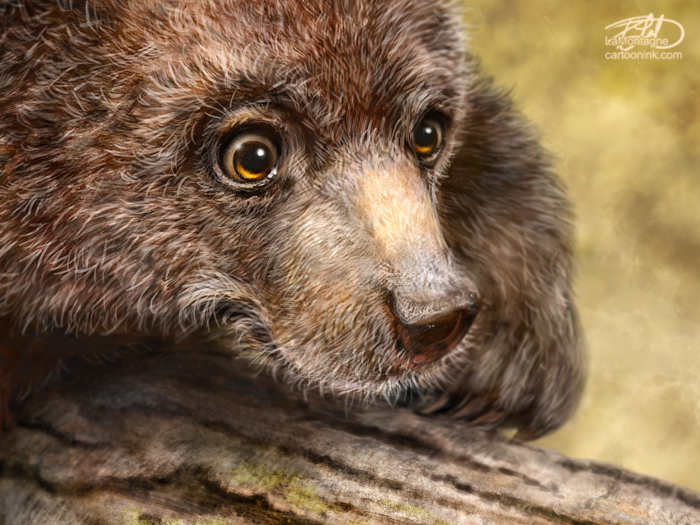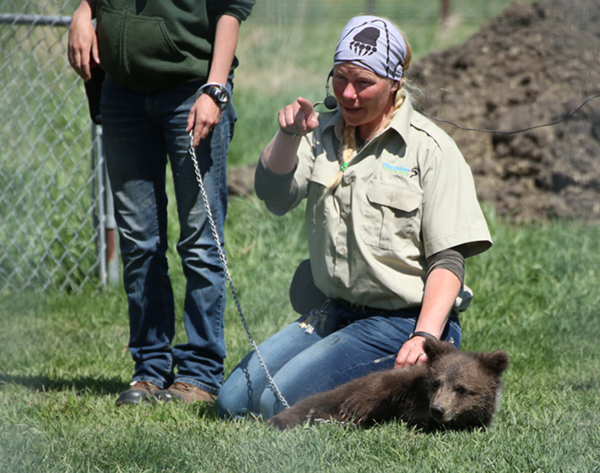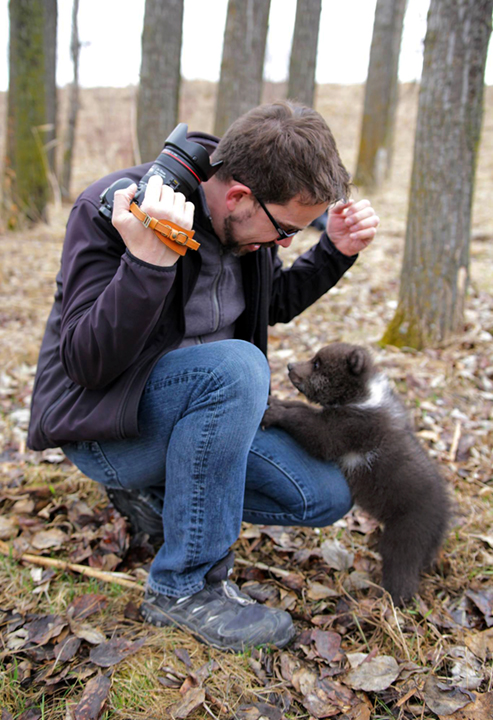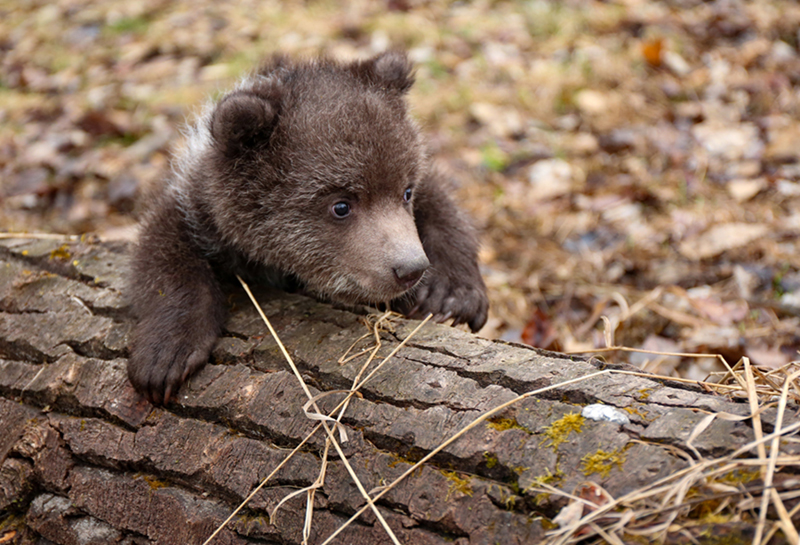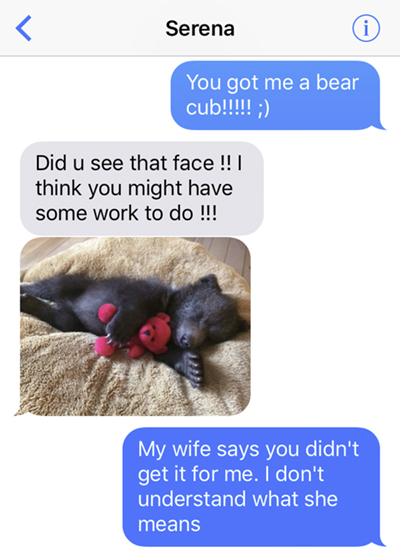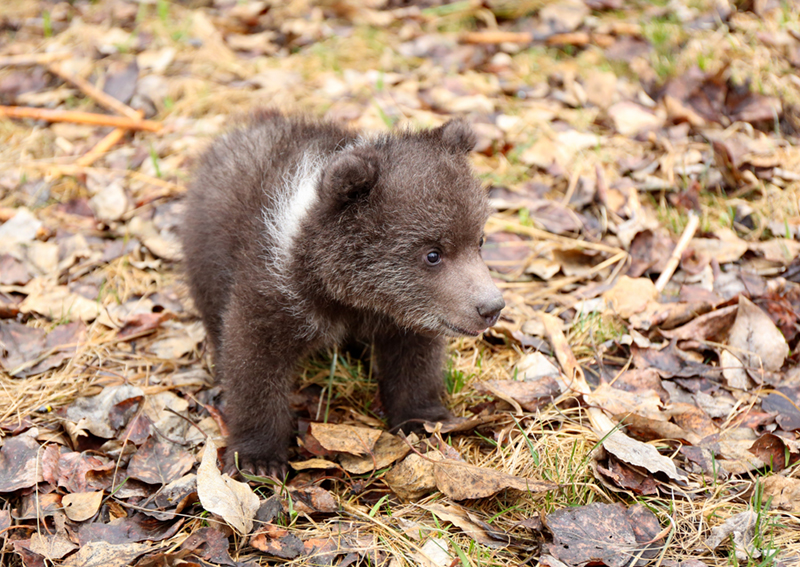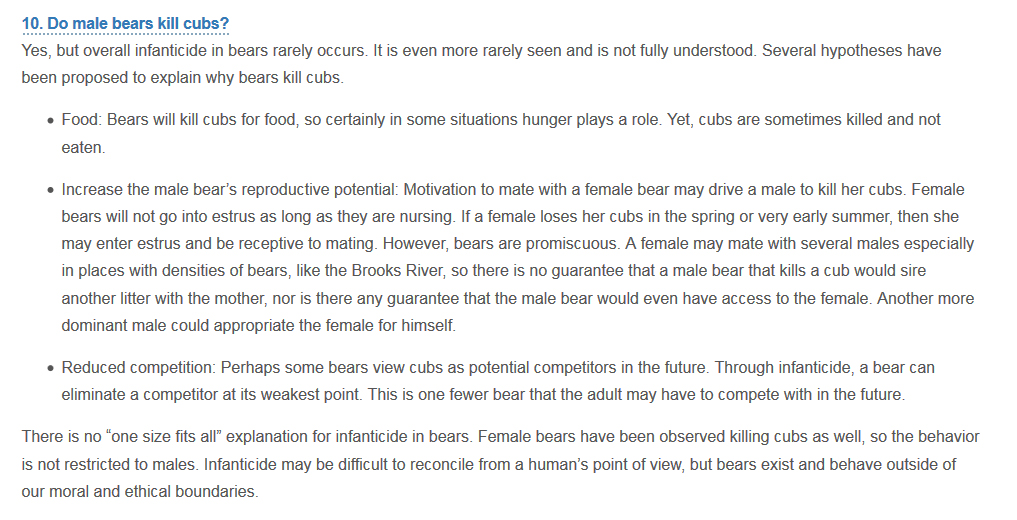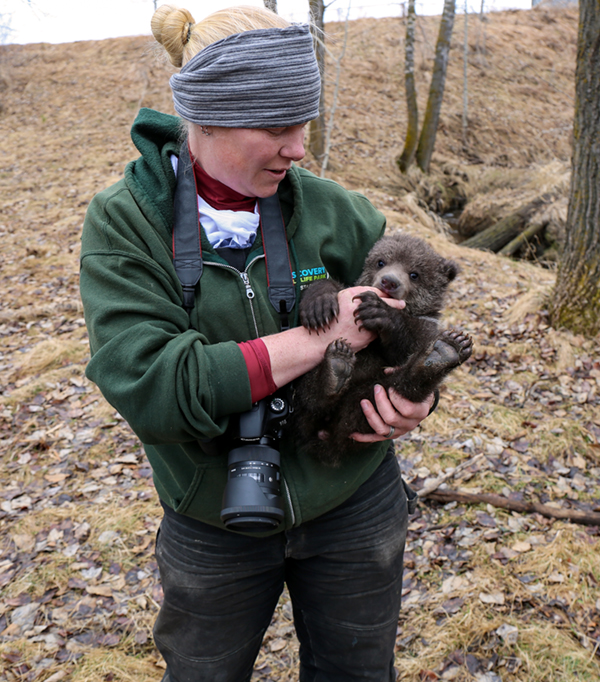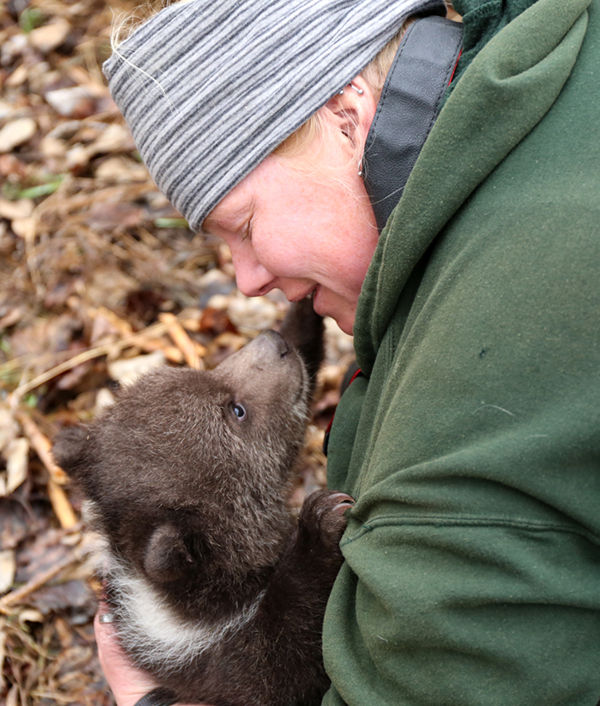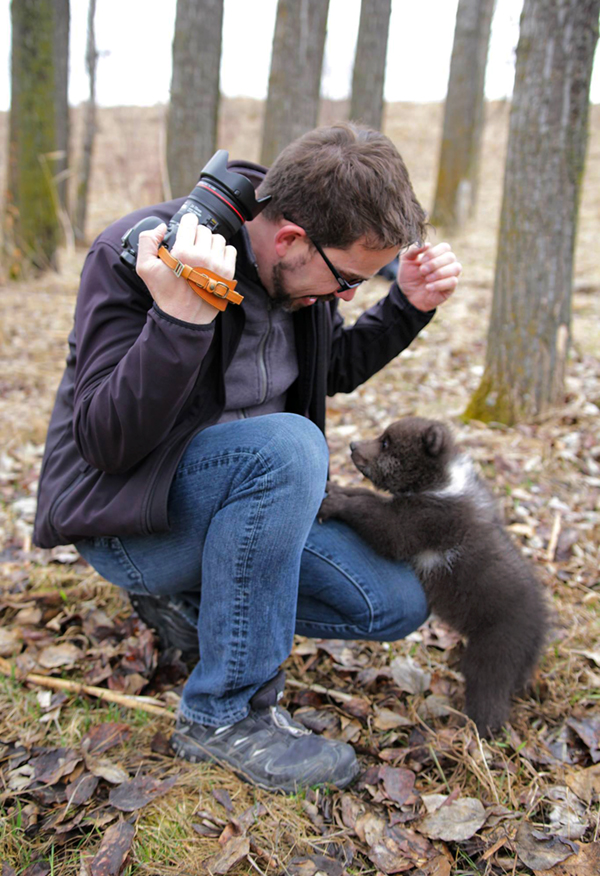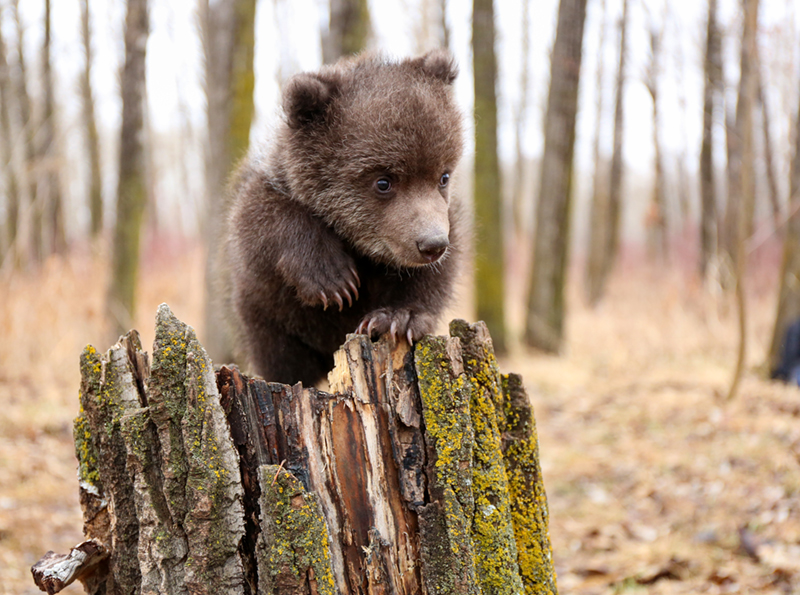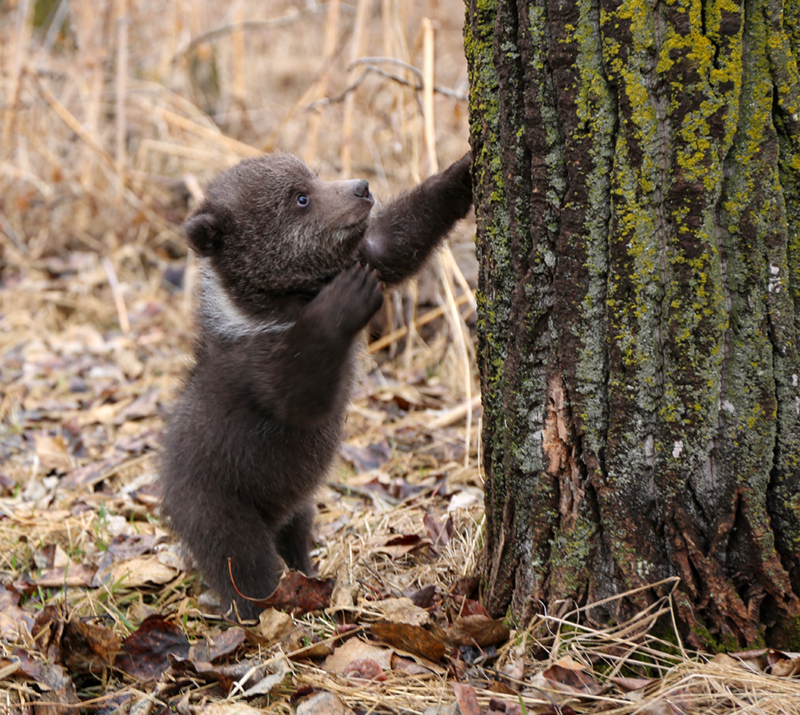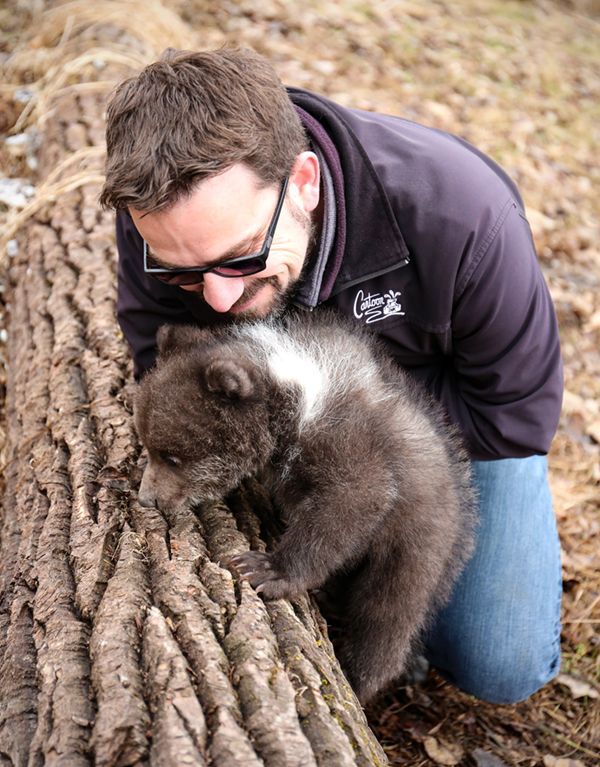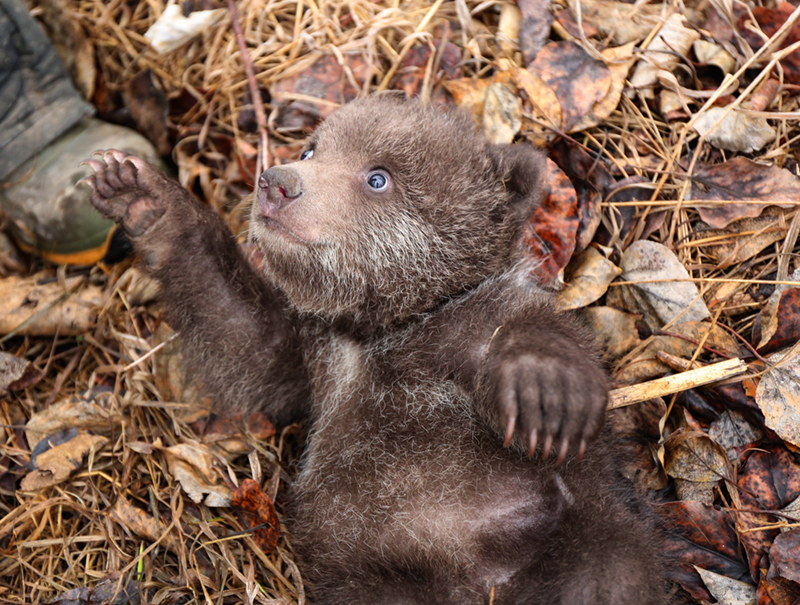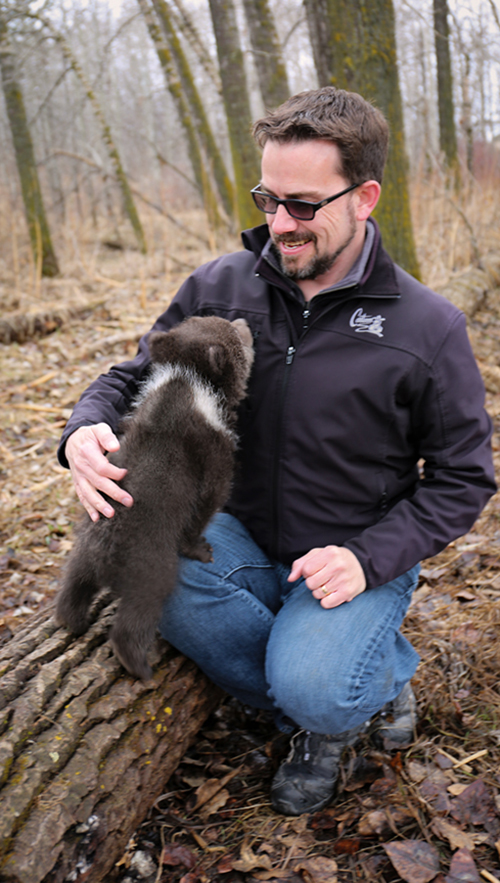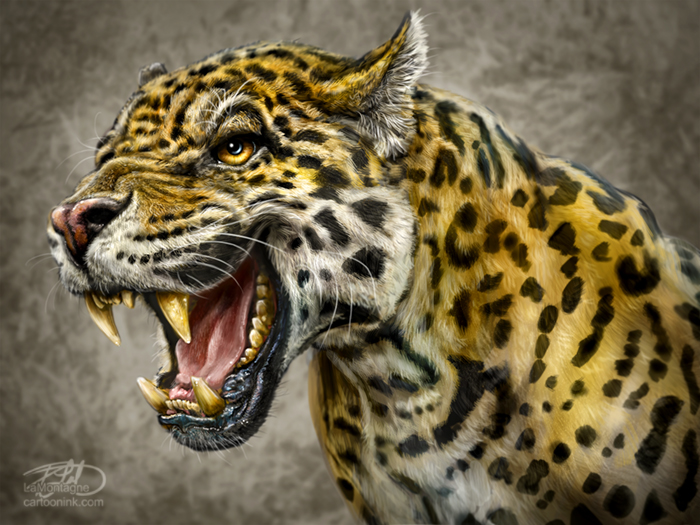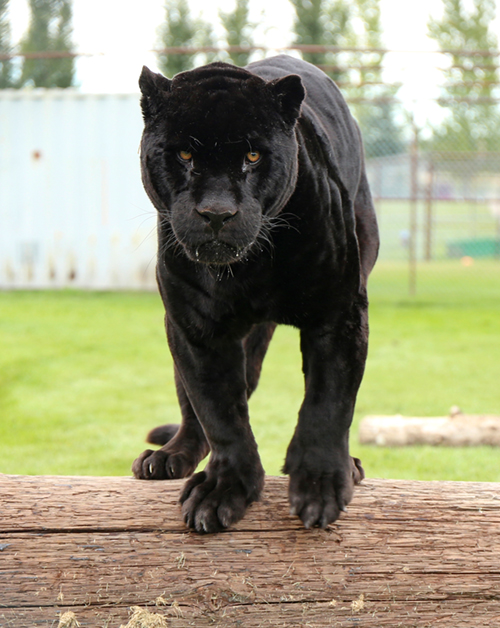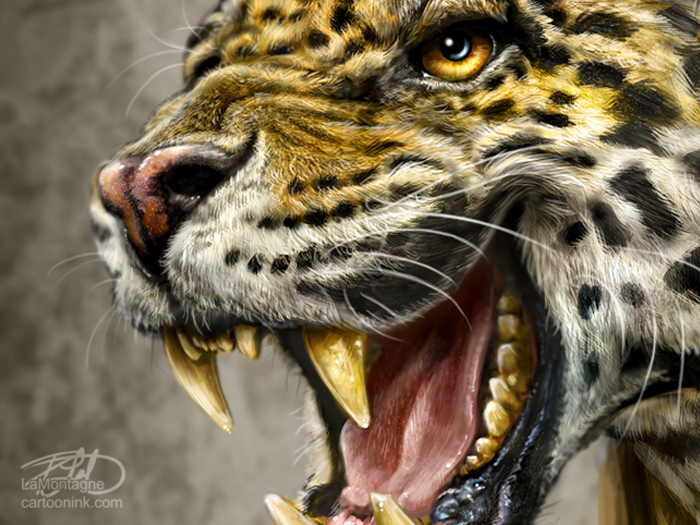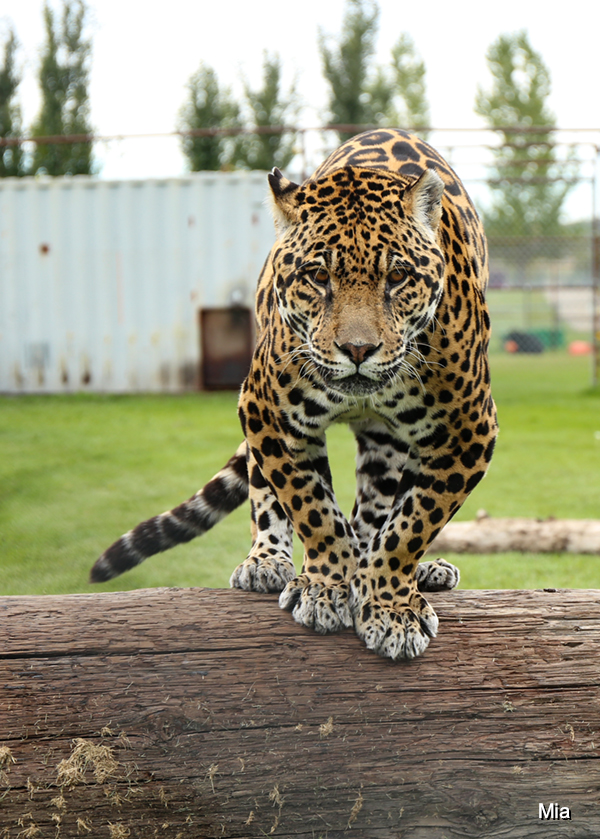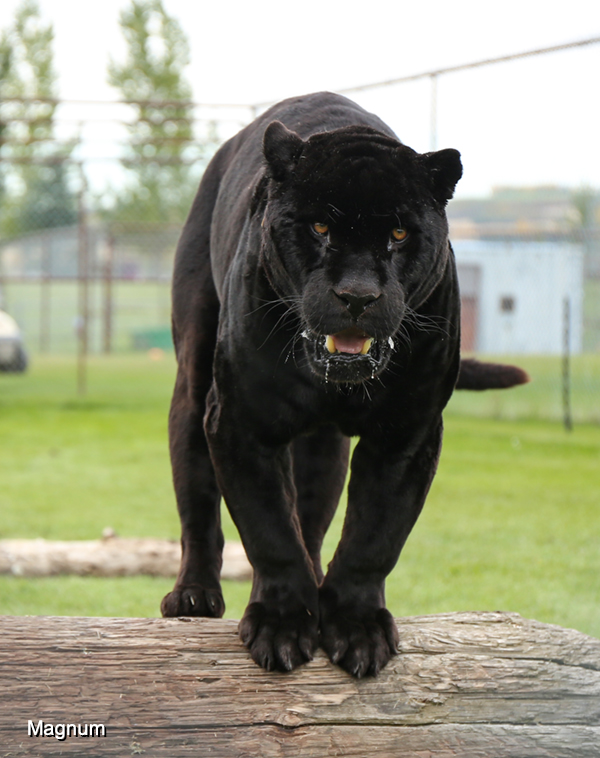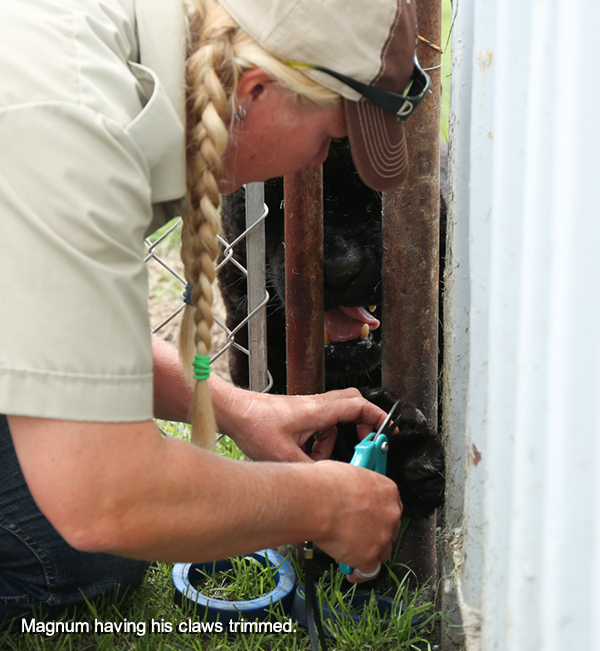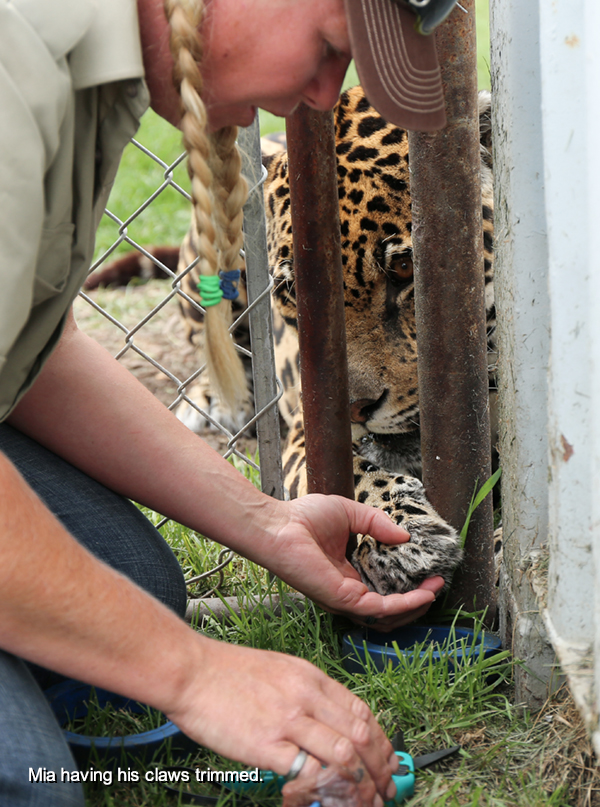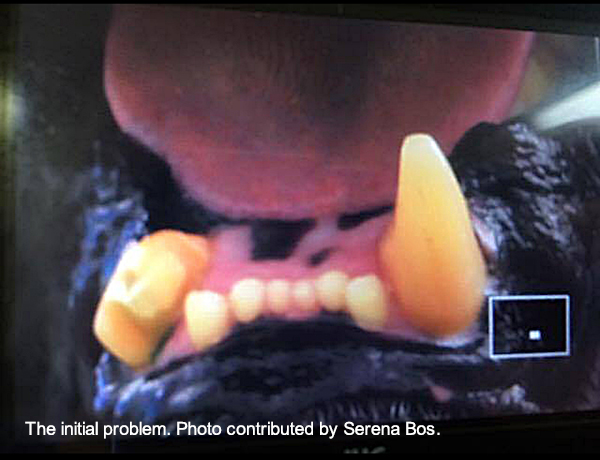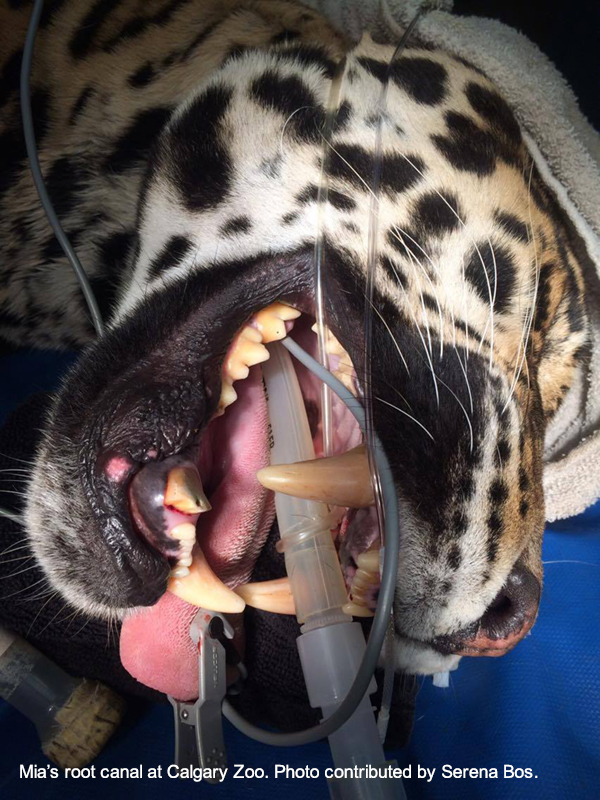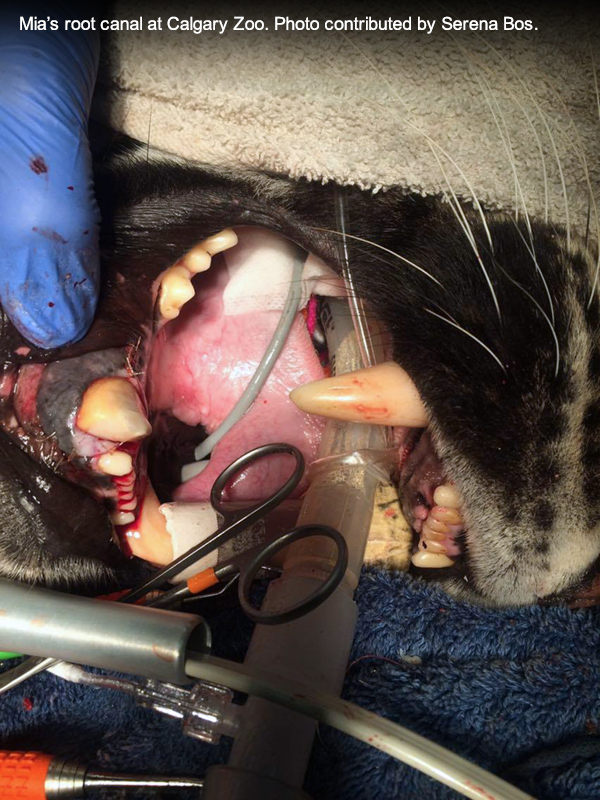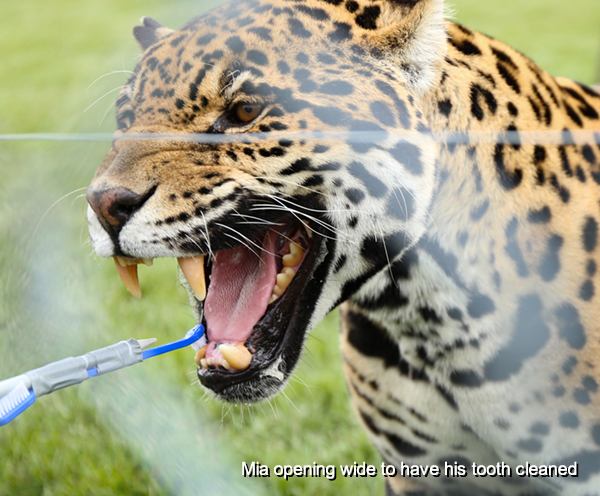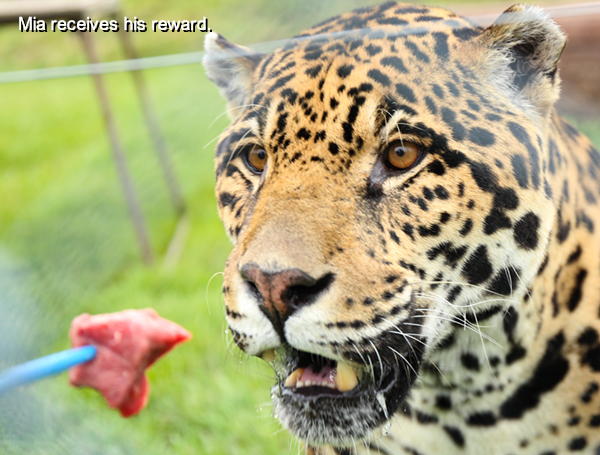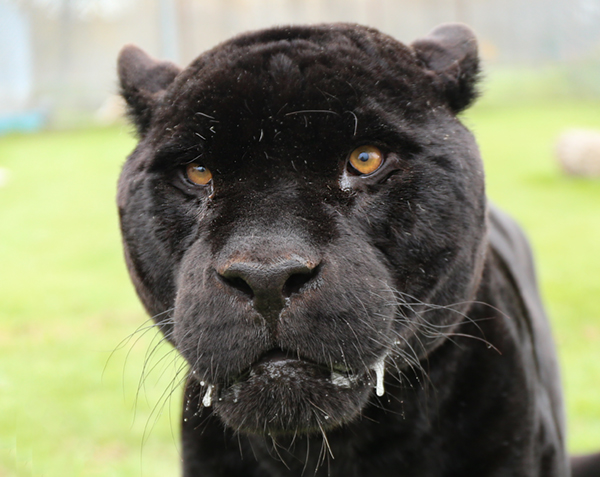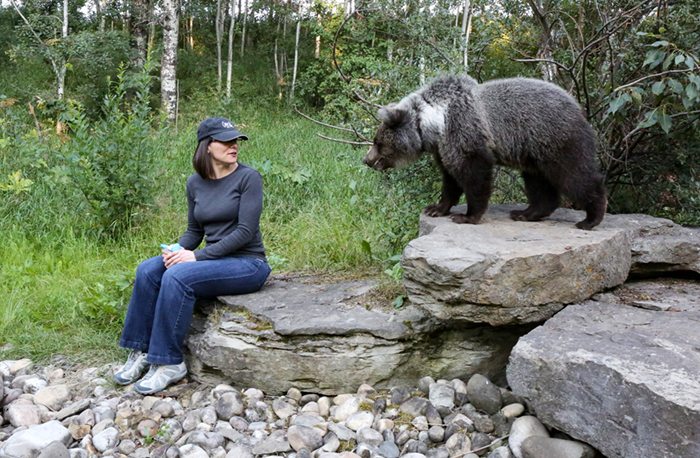
When you’re self-employed, you’re always working. If it’s not a planned vacation or camping trip, I do some work every day. But I also make my own schedule, which allows me to take an afternoon hike and to visit popular places like Discovery Wildlife Park or the Calgary Zoo on quieter days.
My wife, Shonna, has a full-time and part-time job, a workaholic for as long as I’ve known her. As a result, scheduling time off together is usually a dance requiring some difficult choreography.
We go out to dinner or lunch once in a while, go on vacations, and still spend a lot of our time off together, but we don’t do date nights, rarely observe birthdays or anniversaries, and we loathe Hallmark holidays. I think we might have gone out for Valentine’s Day once before we were married and we haven’t exchanged Christmas gifts in well over a decade. Might seem odd to some, but it has worked well for us for the past twenty-seven years.
Of all the times I’ve gone to Discovery Wildlife Park over the last couple of years, Shonna has only been there once, and she never got to see any animals. Up visiting family, we stopped in to drop off prints while the park was still closed for the season. So she met the head zookeeper Serena and one of the other keepers I know, but that was it.
And yet, while she enjoys the stories and fun photos I come home with after these visits to the park, Shonna hadn’t been able to experience it.
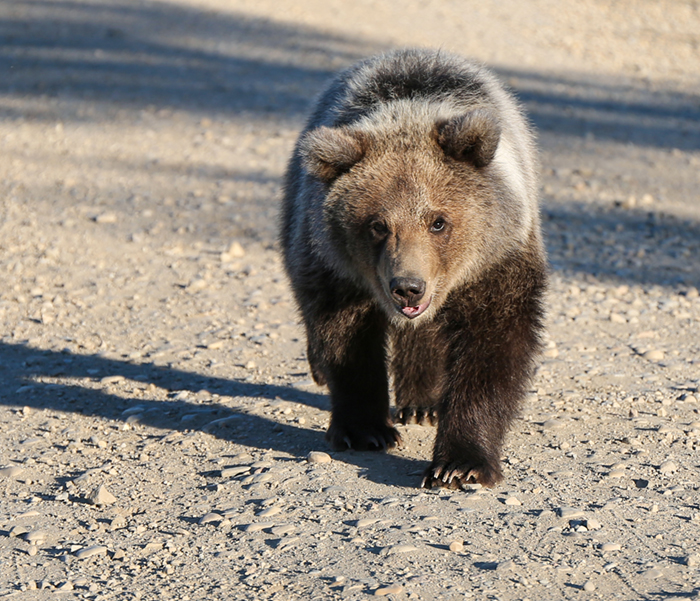 Berkley is growing up fast, so I told Shonna that I really wanted her to come to the park and see her before she was no longer a cub. We both looked at our schedules, figured out a day to visit the park, and she took a rare midweek day off.
Berkley is growing up fast, so I told Shonna that I really wanted her to come to the park and see her before she was no longer a cub. We both looked at our schedules, figured out a day to visit the park, and she took a rare midweek day off.
I’ve already been given more opportunities with Berkley than I could have ever hoped for, and I suspected she might be too big now to risk being up close and personal with strangers. But I’ve gotten to be friends with Serena and we both know each other well enough to be candid without hurt feelings. An example is that I can ask difficult questions about animals in captivity without her being offended, because she knows I just want to learn and abandon any misconceptions.
So when I asked Serena if Shonna and I could join her on an evening walk with Berkley, I made it clear that I fully expected the answer to be No and that I was fine with that.
I was thrilled when she said, “Yes.”
Serena already knows I won’t do anything to endanger Berkley or myself. She knows what Berkley will do; it’s always people who are the unknown variable. I assured her that I married somebody more intelligent than myself, and Shonna would be completely respectful of Berkley’s space. Serena has also wanted to spend some time with Shonna because of how often I’ve talked about her.
We arrived about 7:30PM and Serena was waiting for us. We got out of the car, and Berkley went right to Shonna, which doesn’t surprise me. Animals like me, but they all seem to like her better. Even my parents’ dog, who gets excited when she sees me, will pass me up for Shonna. It’s humbling.
Shonna simply stood where she was and let Berkley sniff around her feet. When Berkley stood up on her hind legs and put her paws up on Shonna, she didn’t flinch. Serena came over, told Berkley No, and put her back to the ground. Berkley seemed to think, “whatever” and just walked away.
Serena later told me that Shonna’s easy going reaction told her all she needed to know when it came to trusting her with Berkley.
Over the next hour or so, we walked in and out of the forest on the property. We didn’t make Berkley do anything. The whole point of her evening walks is to let her be a bear. She’d take off into the woods, climb a tree, disappear into the bushes and then burst back onto the trail.
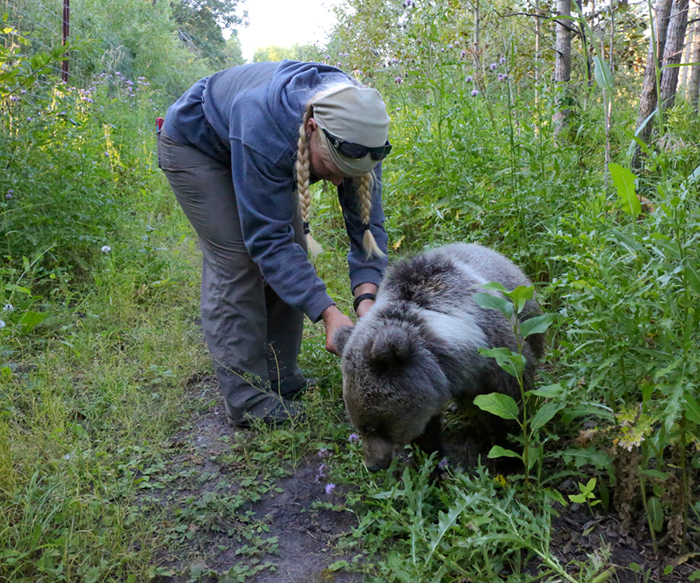 She has recently decided that Mom isn’t busy enough working long hours seven days a week, so Berkley finds burrs to collect, which Serena must then pick out of her fur.
She has recently decided that Mom isn’t busy enough working long hours seven days a week, so Berkley finds burrs to collect, which Serena must then pick out of her fur.
We chatted the whole time, about this and that, just three people having a regular walk in the woods, except for the little bear running around us. Most of the time, she didn’t care where we were. She just did her own thing. When she got close, I’d take some pictures and then she’d head off again.
 At one point, Shonna was sitting on a large rock when Berkley decided to really check her out. She put her paws on her leg, then snuffled her ear and apparently licked it which was funny, but also kind of gross. A wet-willy from a bear tongue.
At one point, Shonna was sitting on a large rock when Berkley decided to really check her out. She put her paws on her leg, then snuffled her ear and apparently licked it which was funny, but also kind of gross. A wet-willy from a bear tongue.
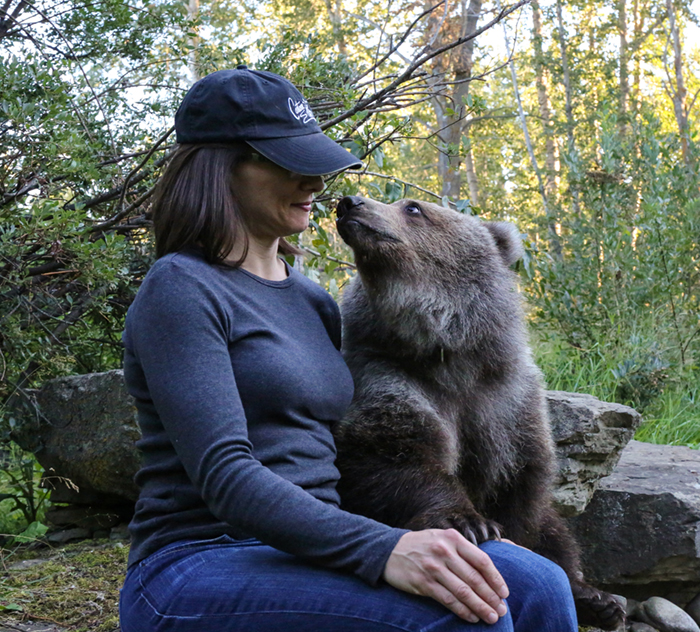
Berkley decided she wanted some of Shonna’s water. Serena apologized and said it was the same kind of bottle she often brought for Berkley so she thought it was hers. Shonna was happy to share, bear slobber and all.
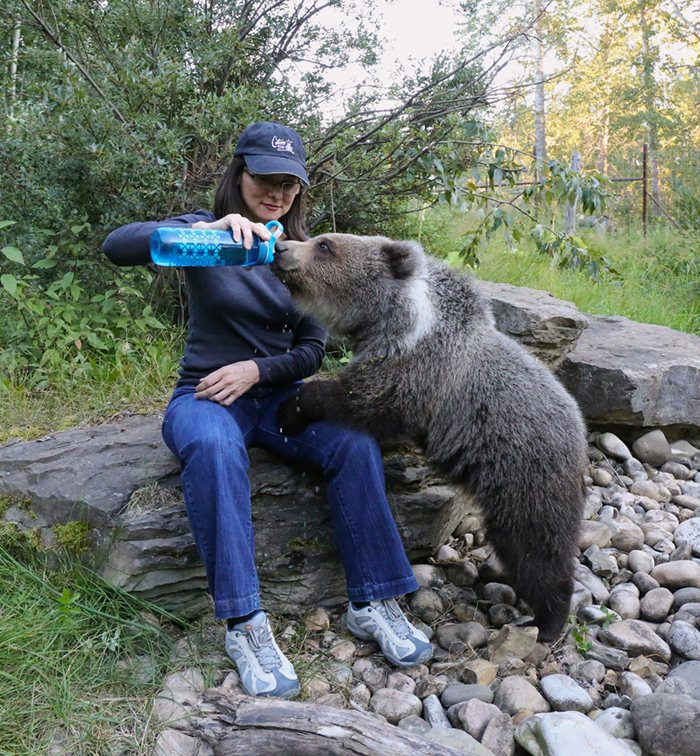
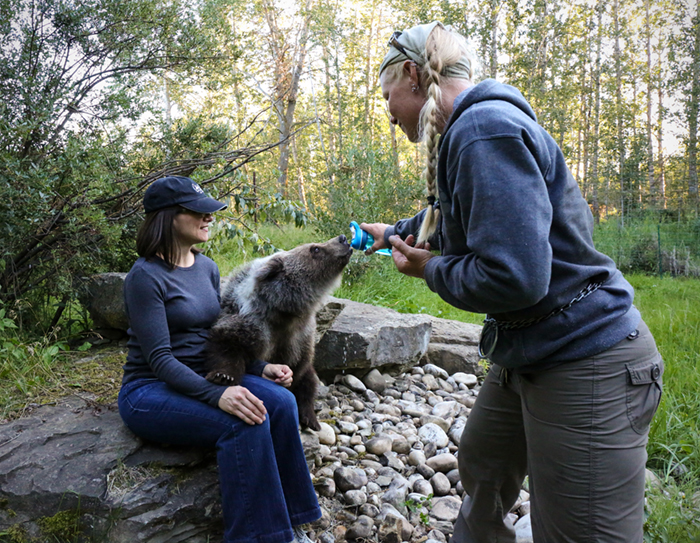
We took her up to the main park area, walking past large enclosures where black bears Charley, Gruff, Angel and others lounged in the grass in the setting sun. We walked between the lion and jaguar cages, the big cats VERY interested in the little morsel scurrying past them. Berkley wasn’t phased.
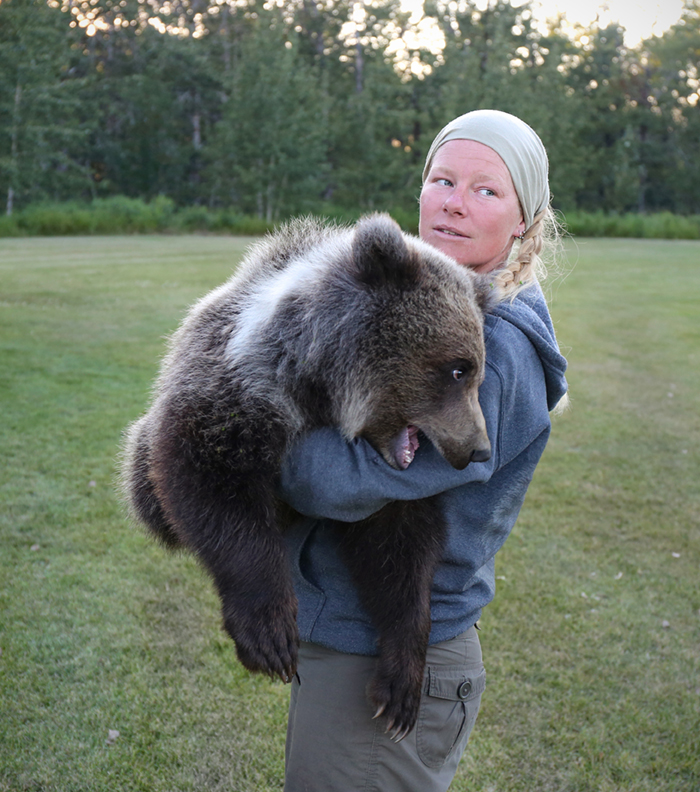 For the first time, I got to see Berkley’s night-time enclosure. Up until now, since they first got her earlier this year, she has lived at Serena’s house with her husband and kids. Berkley has gone home with her every night and comes to work with her every morning.
For the first time, I got to see Berkley’s night-time enclosure. Up until now, since they first got her earlier this year, she has lived at Serena’s house with her husband and kids. Berkley has gone home with her every night and comes to work with her every morning.
I had asked before when she’d be making the transition to staying at the park, and the answer has always been, “when she’s ready.”
Serena has raised many orphaned and rescued animals from babies and a number of them have lived at her house until they were big enough to be comfortable alone at night. She has managed this transition many times before with bears, lions, and other critters.
That week Berkley had just started her park overnights and that night was going to be her third alone in her pen, half of a large sea container complete with bedding, hay, water, food and whatever else she needed to feel comfortable.
Just as a dog takes comfort in a kennel or crate, these animals feel safer in their own space at night and they all have somewhere protected to go when it gets dark. What I found most comforting was that when we approached the kennel, Berkley went right inside, took a drink and then came back out. Clearly, she was comfortable with the space.
Just a couple of days ago, I asked Serena how the transition was going and she said she was adjusting well.
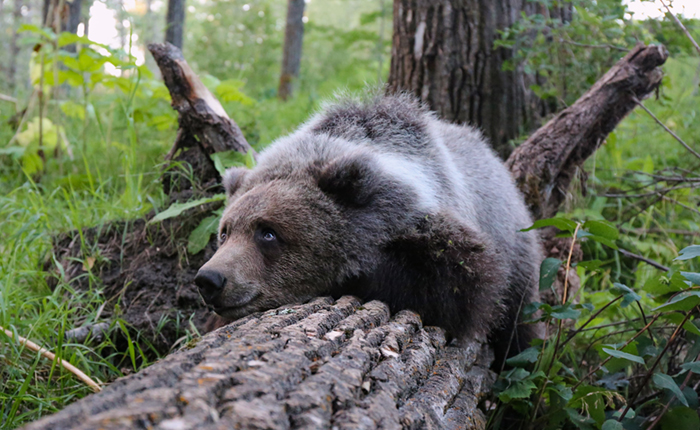 We took Berkley back into the woods where she could play in the creek, climb some trees, dig in the dirt and tire herself out. She checked us out from time to time, but we weren’t nearly as interesting as all of the other sights and smells of the forest.
We took Berkley back into the woods where she could play in the creek, climb some trees, dig in the dirt and tire herself out. She checked us out from time to time, but we weren’t nearly as interesting as all of the other sights and smells of the forest.
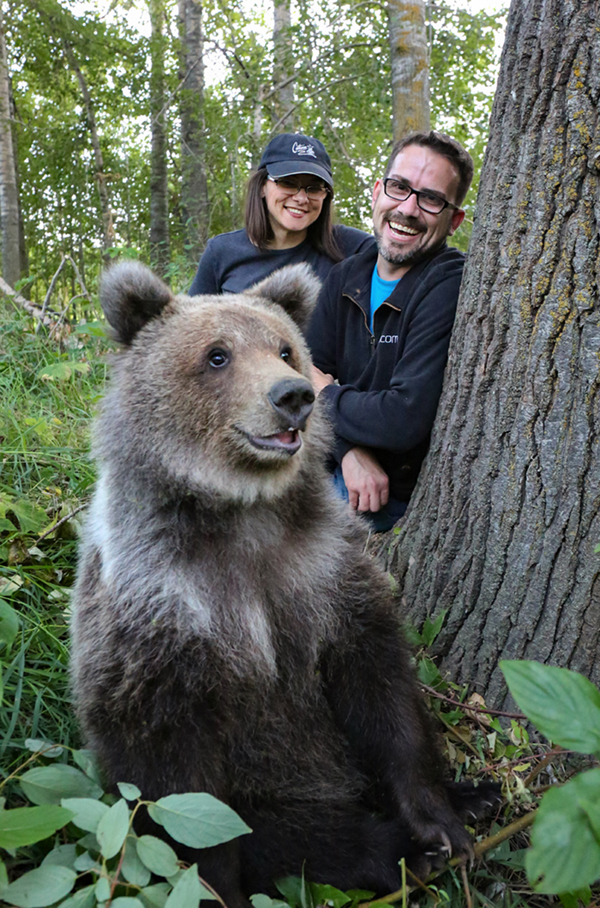
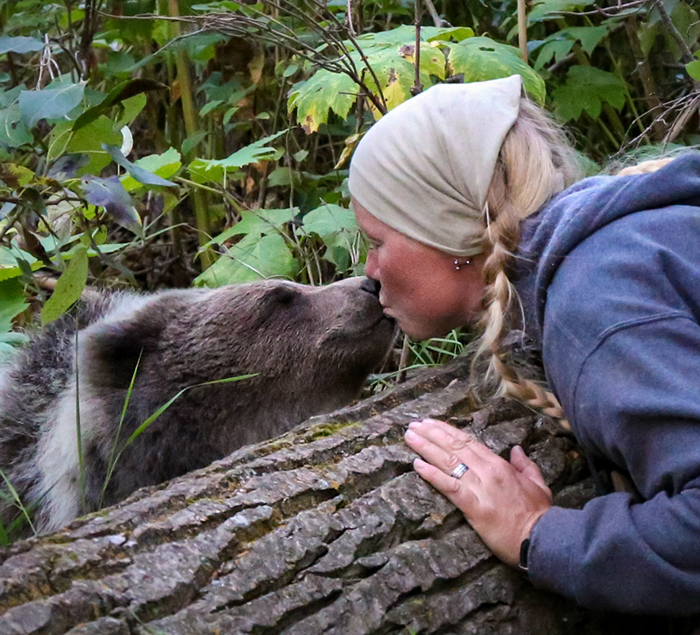
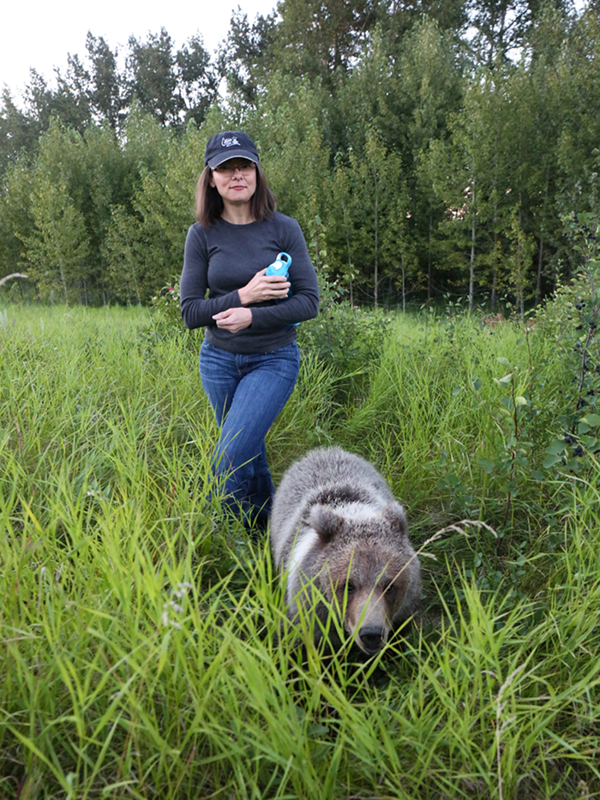
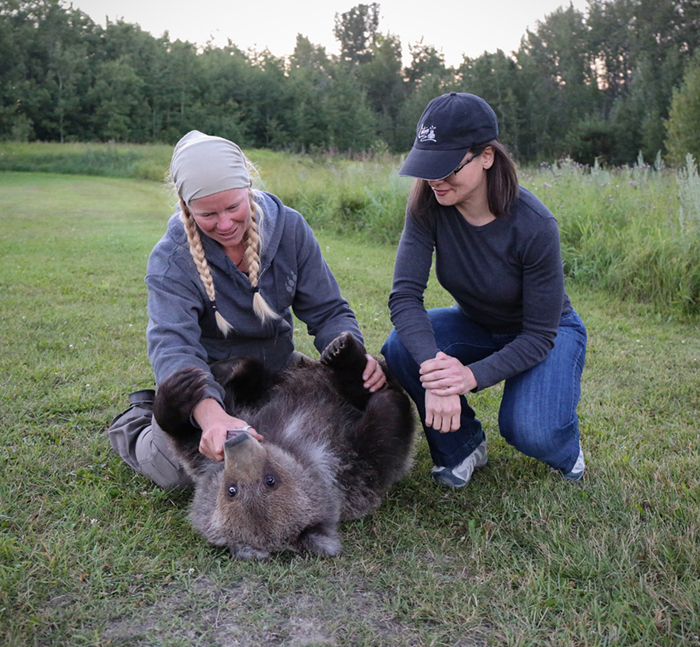
The next day, we returned to the park as regular guests, bringing donuts and muffins for the keepers and staff as a thank-you. We watched the wolf and bear shows which are always informative and entertaining. All of the animals are trained using positive reinforcement and the loving relationship between the keepers and animals is obvious.
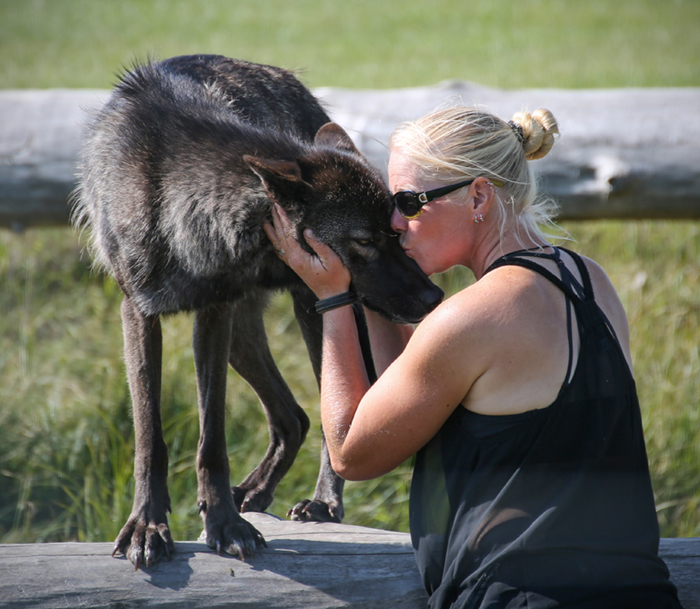 Education is a big part of these shows. Folks get valuable lessons in how to hike and camp safely, and what to do should they encounter a black bear or grizzly in the wild. They’re told about why it’s a bad idea to stop on the highway to take pictures of wildlife, and how a fed bear becomes a dead bear. It’s a better way to teach than to simply hand out a brochure. These orphaned and rescued animals provide an education to prevent future orphan and rescue situations.
Education is a big part of these shows. Folks get valuable lessons in how to hike and camp safely, and what to do should they encounter a black bear or grizzly in the wild. They’re told about why it’s a bad idea to stop on the highway to take pictures of wildlife, and how a fed bear becomes a dead bear. It’s a better way to teach than to simply hand out a brochure. These orphaned and rescued animals provide an education to prevent future orphan and rescue situations.
They call it a show, but it’s much more than that. This isn’t a circus where the animals are trained to entertain. Training is a part of their enrichment. By using food, praise, and generous shows of affection, their minds are kept active solving problems.
What might look like a simple trick to you and me is what keeps them mentally and physically healthy. We watched Charley the black bear figure out a new trick he just learned that week, which was putting a ball in his toy box. He kept missing the box, would look to Serena for his reward and when he didn’t get it, she’d pick up the ball, throw it a short distance and she’d encourage him to try again.
After the third try, he got it in the box and received his reward. Granted, he destroyed the box in the process, but he learned something new and worked it out. Serena has told me in the past that they have to keep coming up with new tricks because they’ll soon get bored of the old ones.
I noticed recently on their Facebook page, somebody expressed concern over making the lions jump from platform to platform. Serena diplomatically pointed out that it keeps their muscles and minds active. All reinforcement is positive and in this situation, they weren’t even in the enclosure with the animals, so if the lions didn’t want to do it, they just wouldn’t do it.
The best part about my visits to the park is how much I take away from each visit. I’m always learning something new and this day was no exception.
Best of all, a couple of days later, Shonna told me it was one of the best gifts I’d ever given her.
And it wasn’t even a Hallmark holiday.
Cheers,
Patrick
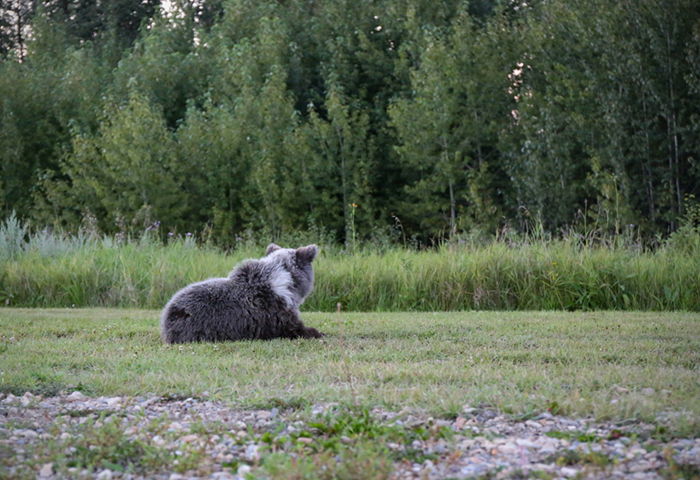
If you’d like to receive my newsletter which features blog posts, new paintings and editorial cartoons, follow this link to the sign up form. Thanks!
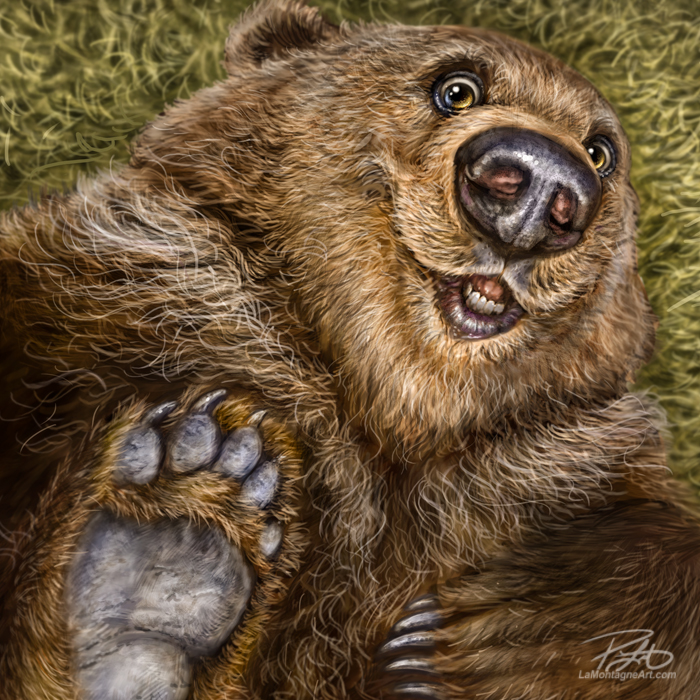
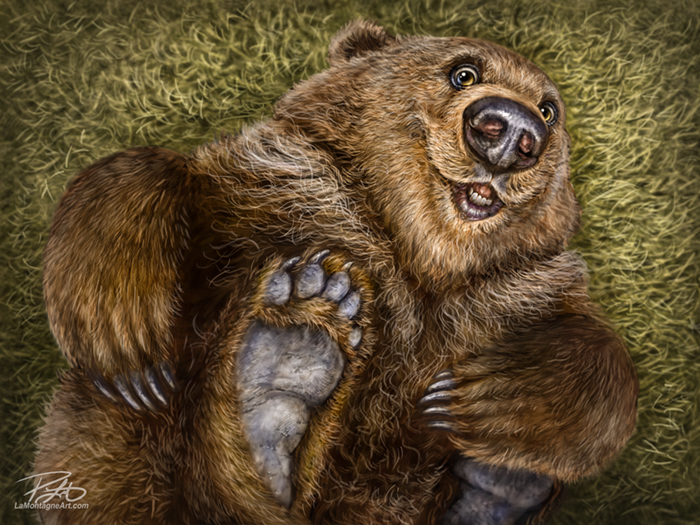 The difference between art for a hobby and art for a living, is that whenever I start a new painting, I often have to weigh the enjoyment of the image I plan to paint vs. the marketability of the finished piece. Regardless of the outcome, I’m always going to get some level of satisfaction from the work, because I’m still drawing and colouring, but I’ve also got bills to pay and a career to think about, so there are business concerns to consider.
The difference between art for a hobby and art for a living, is that whenever I start a new painting, I often have to weigh the enjoyment of the image I plan to paint vs. the marketability of the finished piece. Regardless of the outcome, I’m always going to get some level of satisfaction from the work, because I’m still drawing and colouring, but I’ve also got bills to pay and a career to think about, so there are business concerns to consider.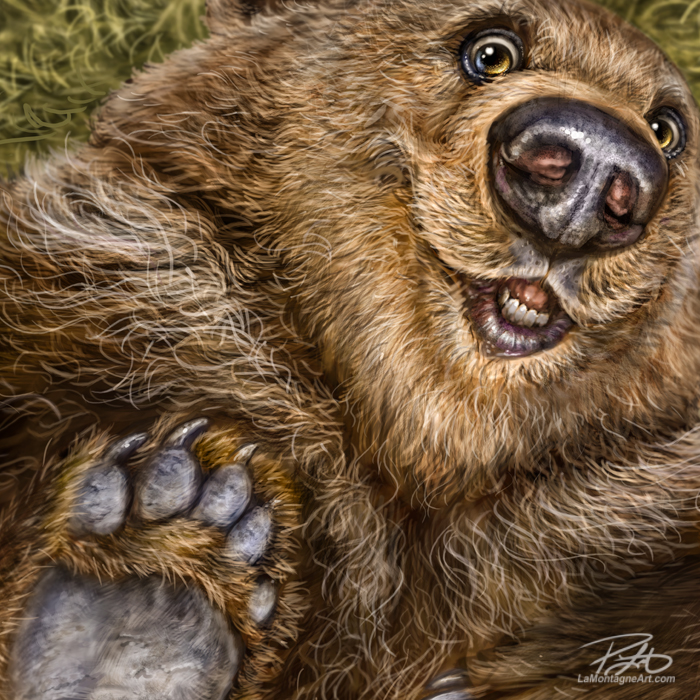 Discovery Wildlife Park sits on almost 100 acres and in addition to their large enclosures for their rescued and orphaned animals, they have a large wooded area on their property. As it is still a fenced enclosure, Serena used to take Berkley for walks every night in the woods where she could freely climb trees, eat berries and run around being a bear cub. Joining them on a few of those walks was an experience that changed me. Berkley has the most wonderful playful personality and I took thousands of photos of her, which left me with hundreds of reference pics to paint from. I will most likely paint Berkley for years to come, because that little face just makes me smile, especially because of the memories it conjures up. My wife, Shonna got to know her as well and we both have a special place in our hearts for that little bear.
Discovery Wildlife Park sits on almost 100 acres and in addition to their large enclosures for their rescued and orphaned animals, they have a large wooded area on their property. As it is still a fenced enclosure, Serena used to take Berkley for walks every night in the woods where she could freely climb trees, eat berries and run around being a bear cub. Joining them on a few of those walks was an experience that changed me. Berkley has the most wonderful playful personality and I took thousands of photos of her, which left me with hundreds of reference pics to paint from. I will most likely paint Berkley for years to come, because that little face just makes me smile, especially because of the memories it conjures up. My wife, Shonna got to know her as well and we both have a special place in our hearts for that little bear.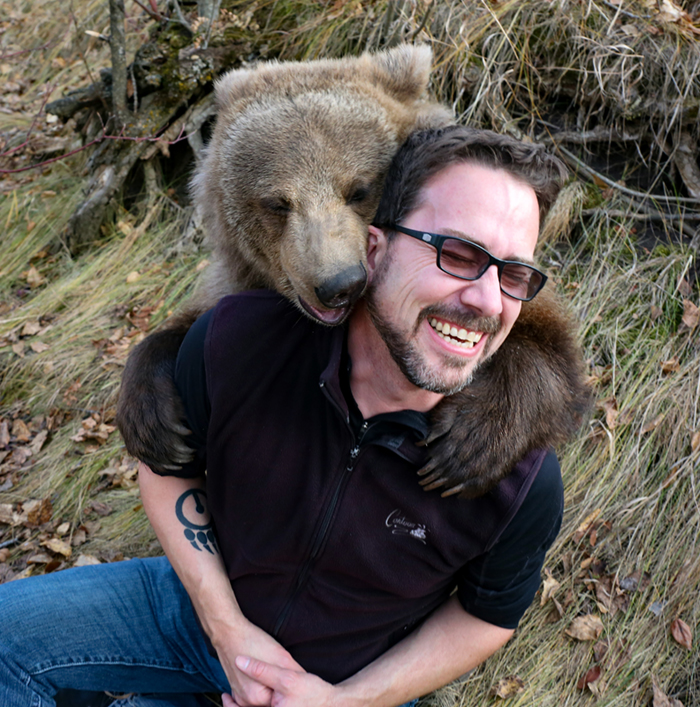 Regular followers will already have seen this photo more than once (twice, three times), but it’s one of my favorite pictures of my life, so I’m sharing it again for anyone who hasn’t seen it. It just sums up how special that whole experience was. I knew how rare it was while it was happening.
Regular followers will already have seen this photo more than once (twice, three times), but it’s one of my favorite pictures of my life, so I’m sharing it again for anyone who hasn’t seen it. It just sums up how special that whole experience was. I knew how rare it was while it was happening.
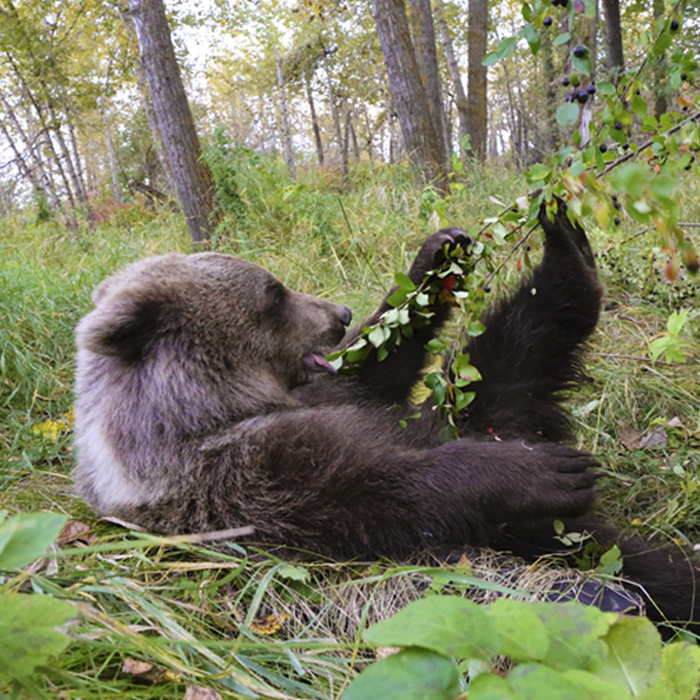
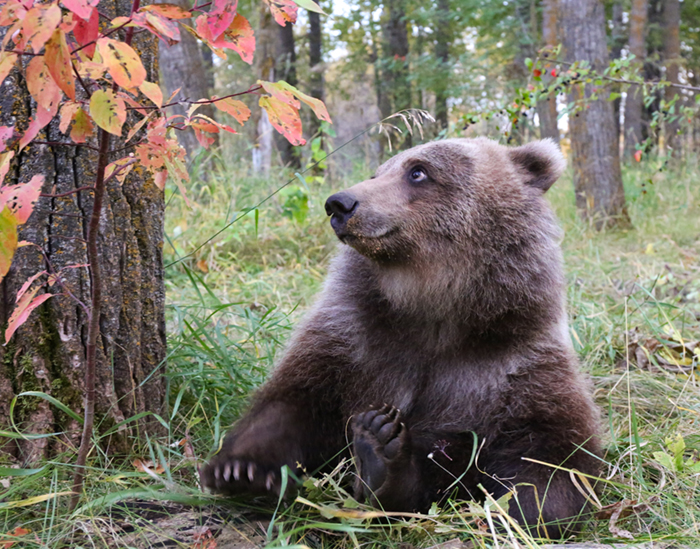
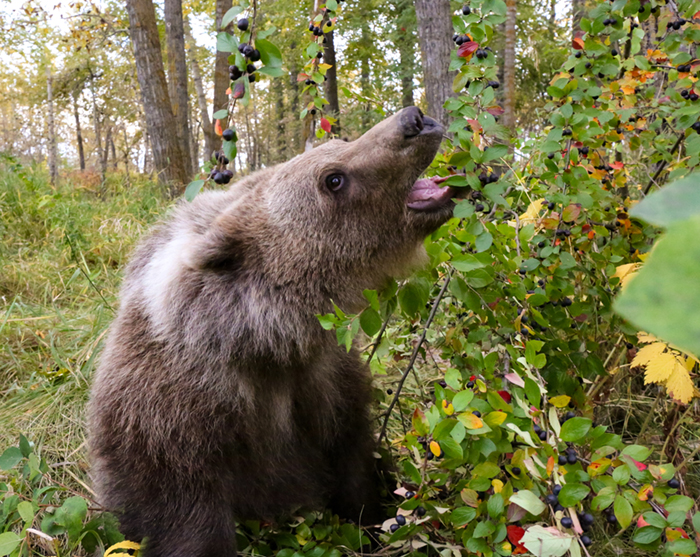
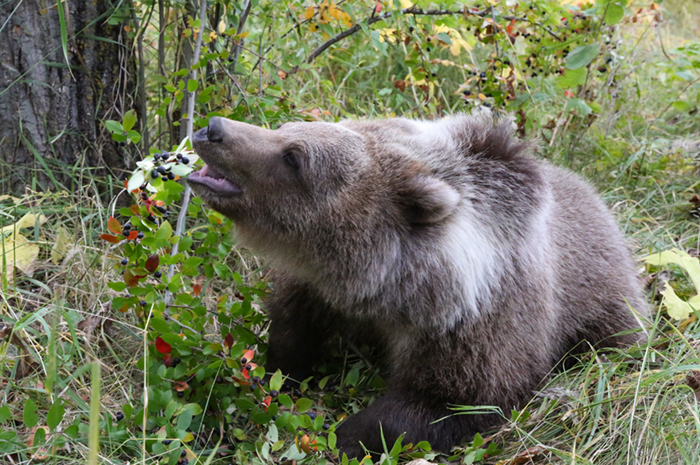
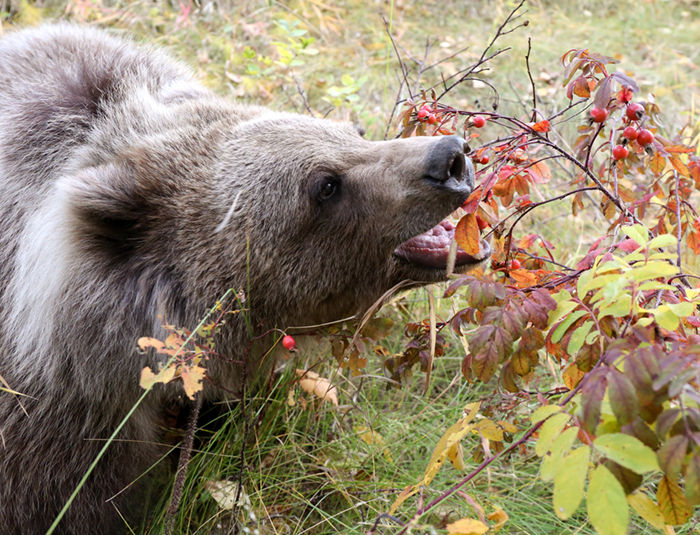
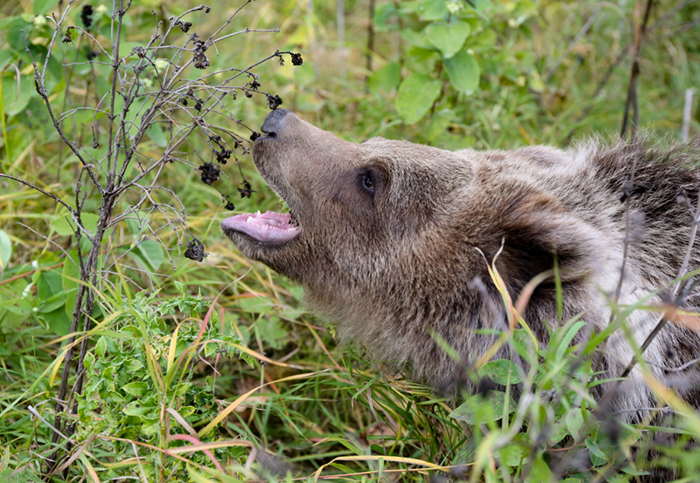
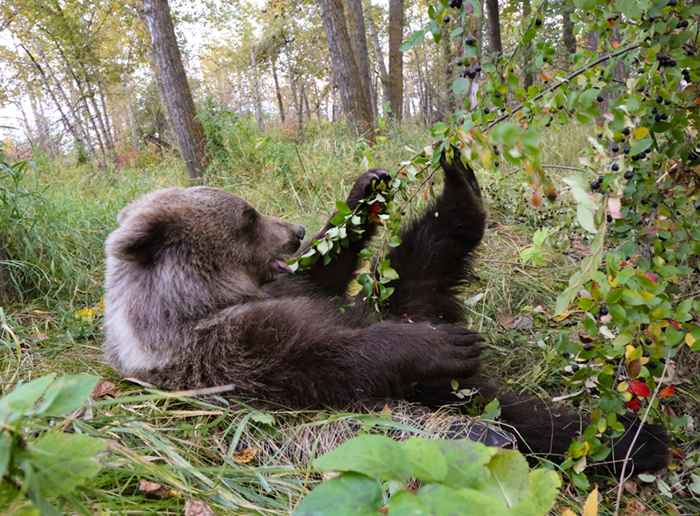
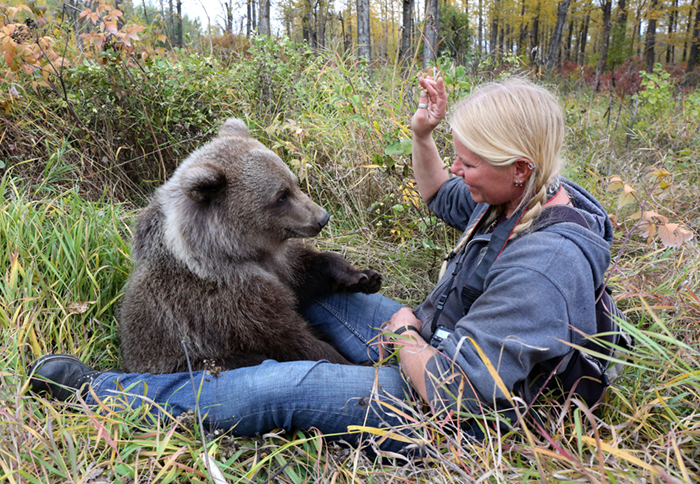
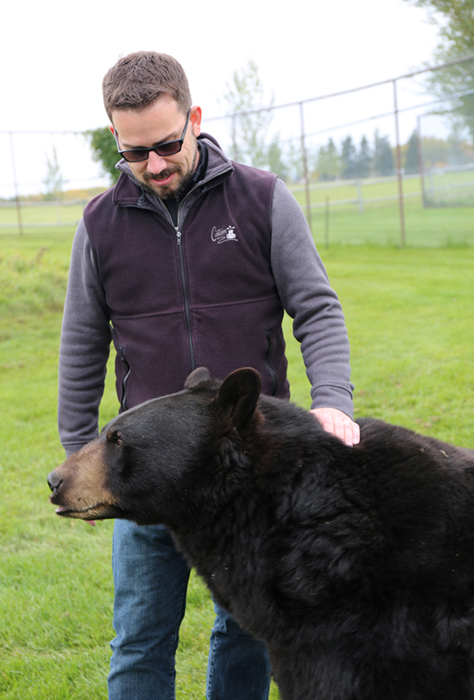
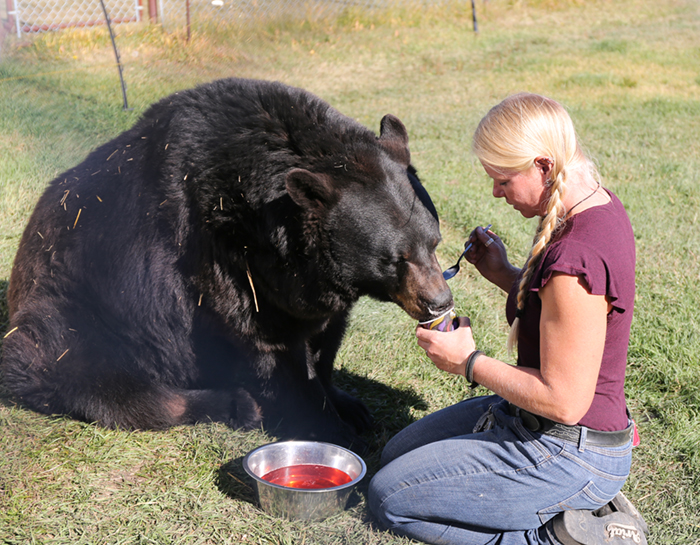















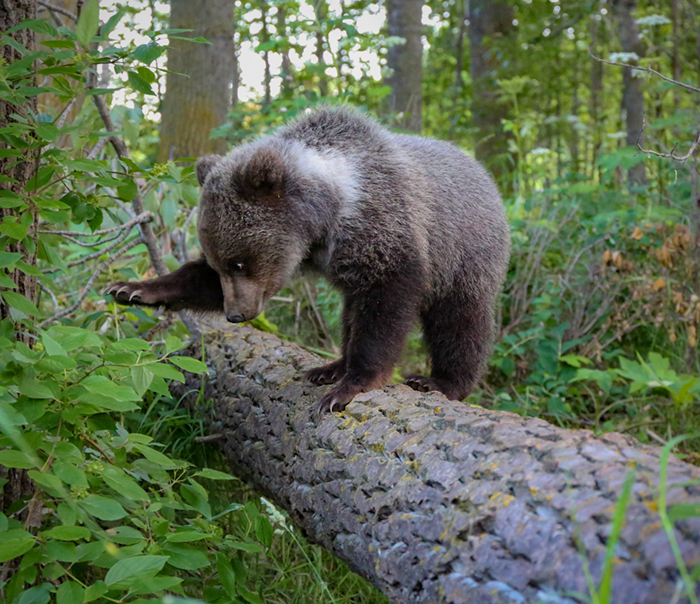
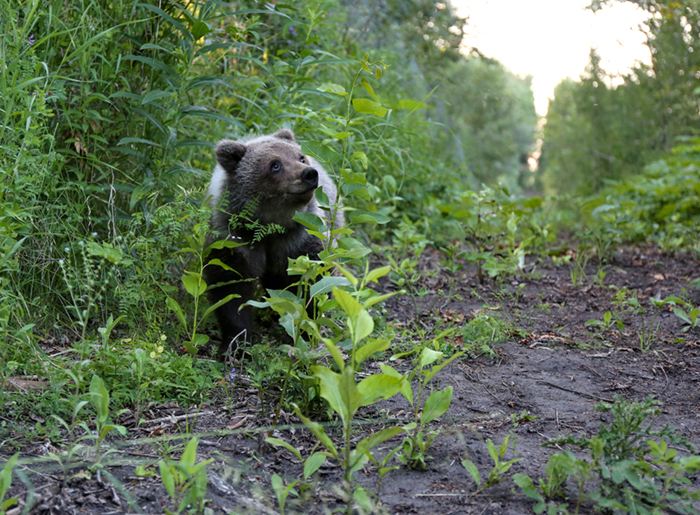
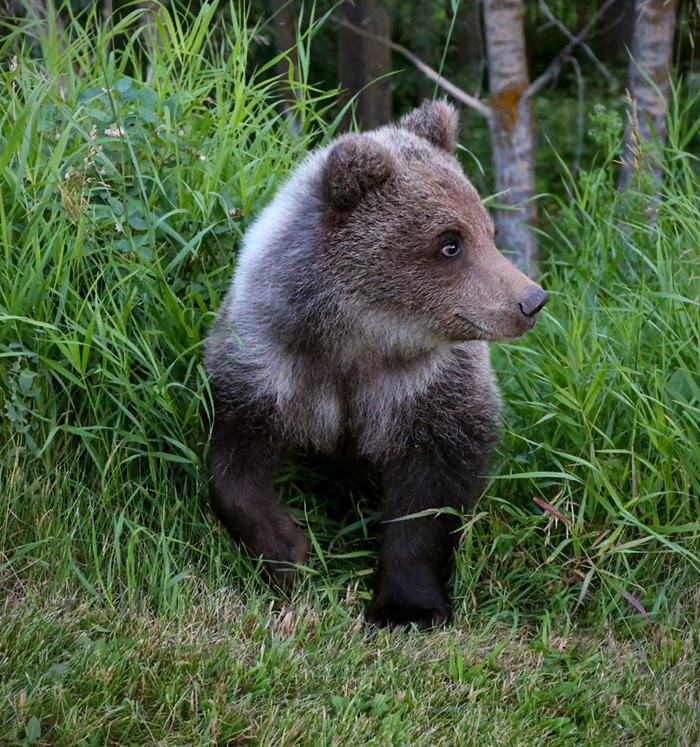
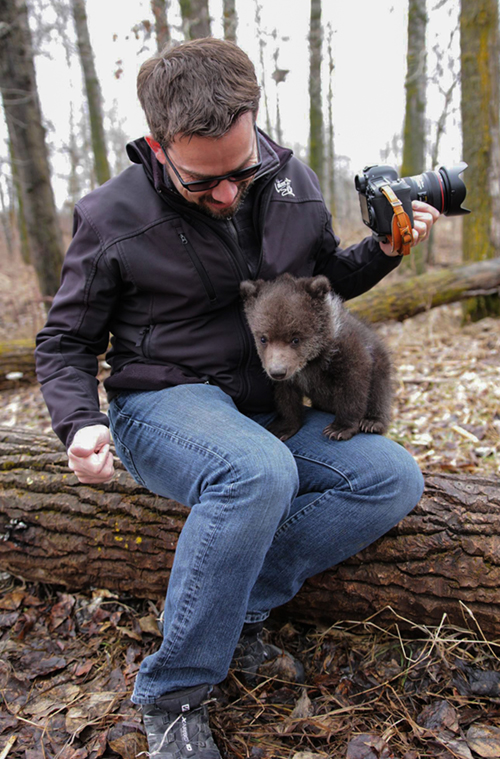
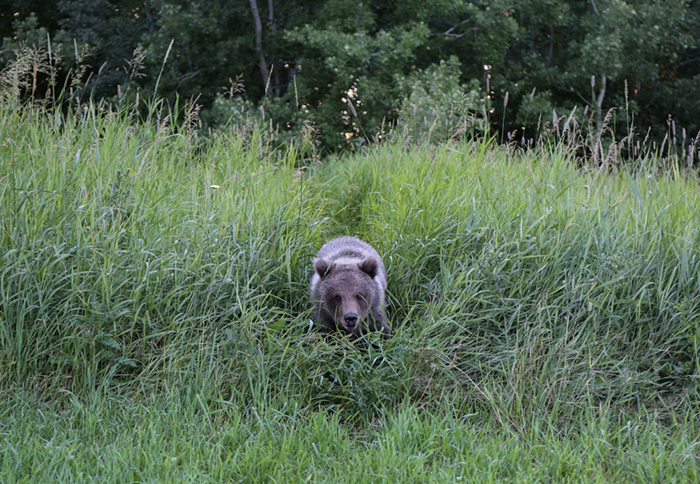
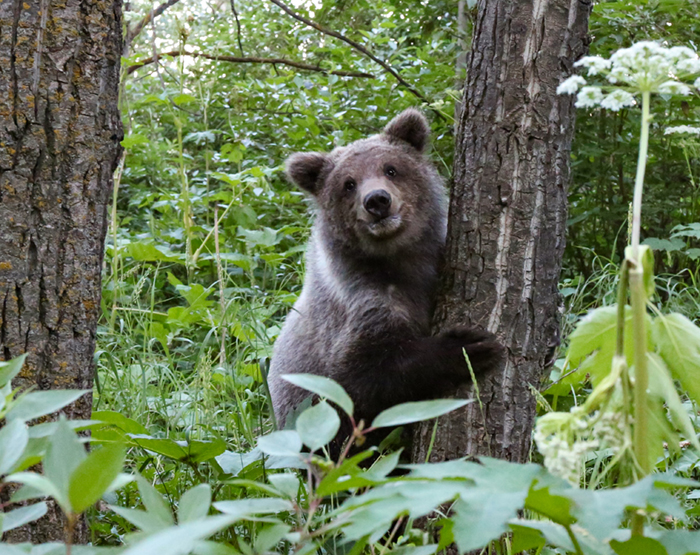

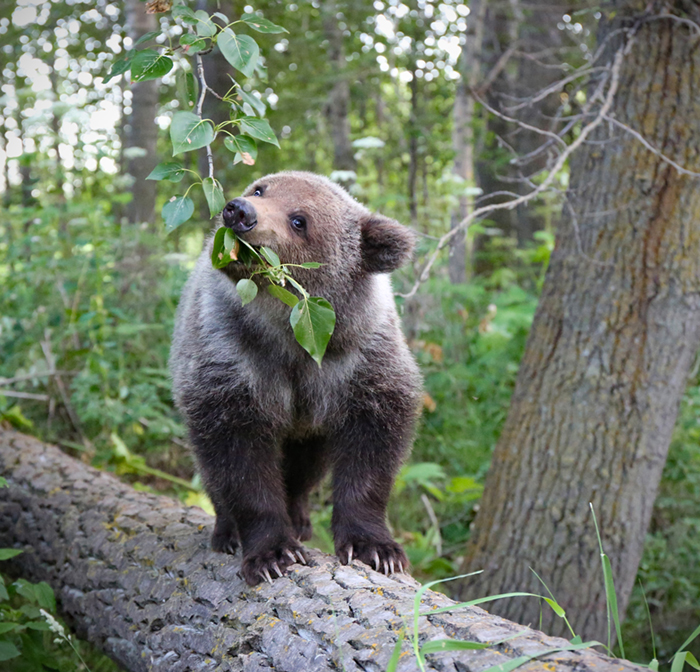
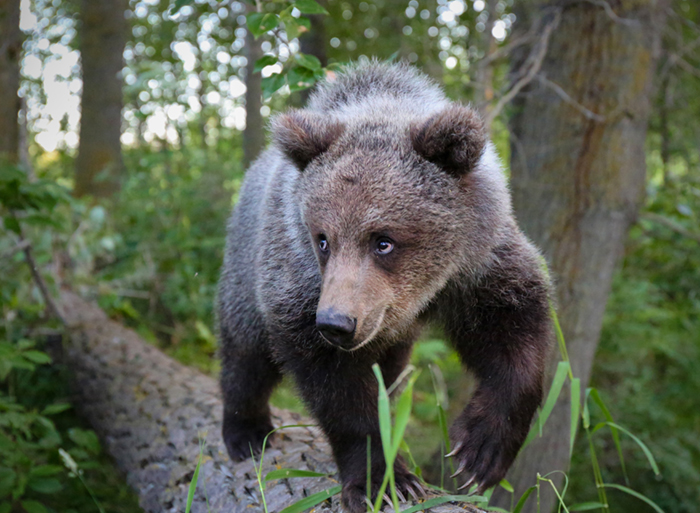
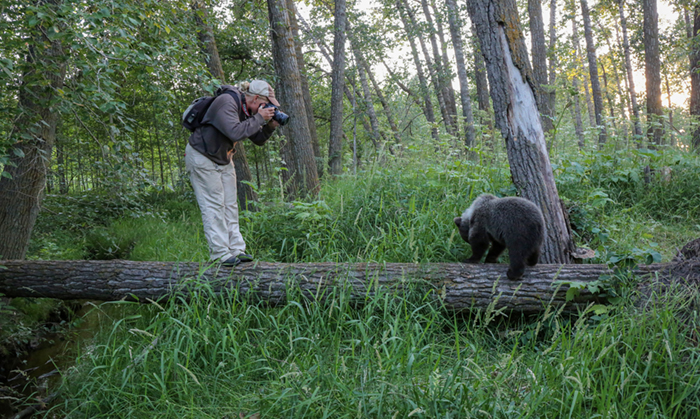
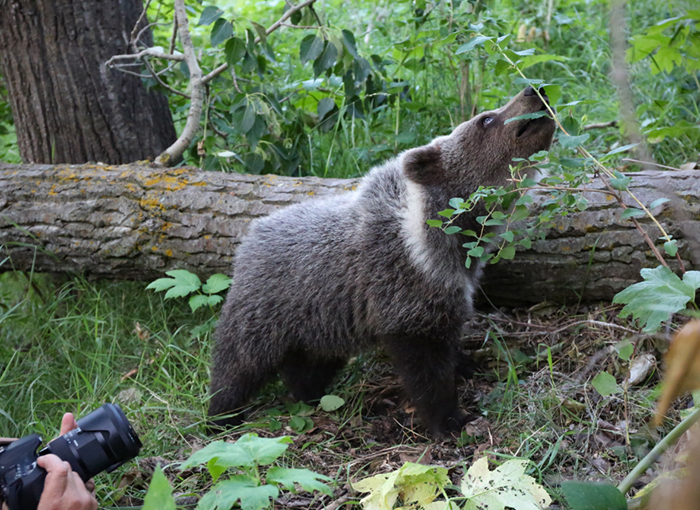
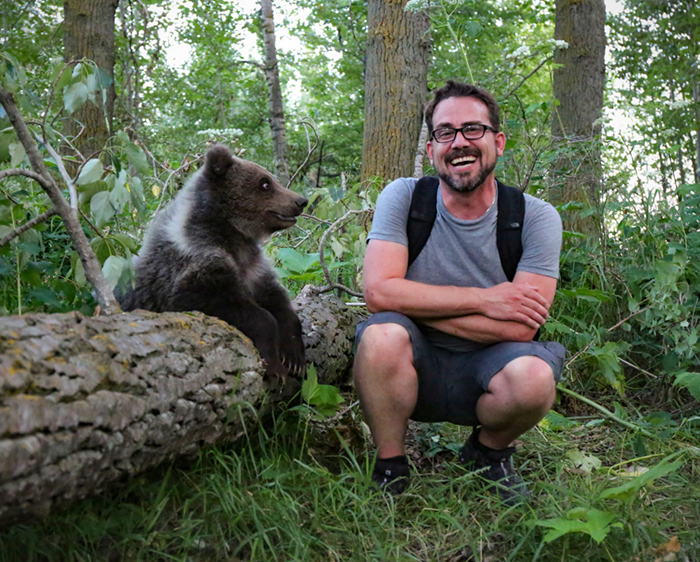
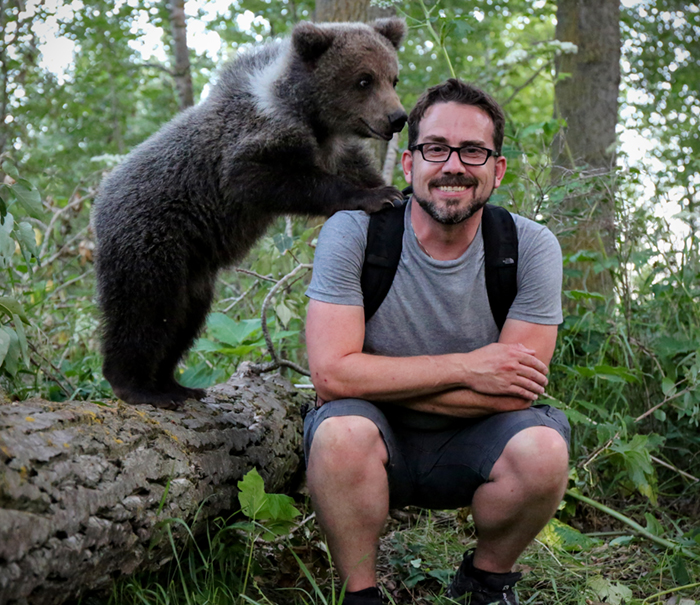
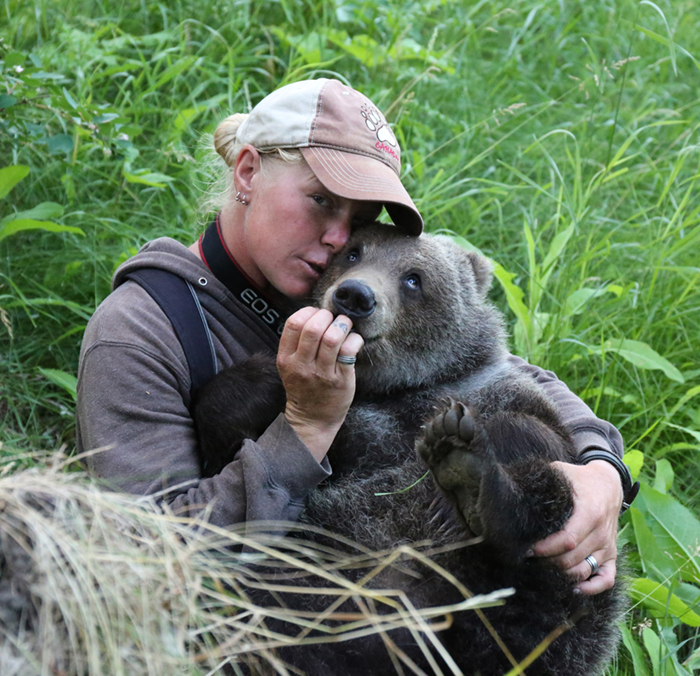
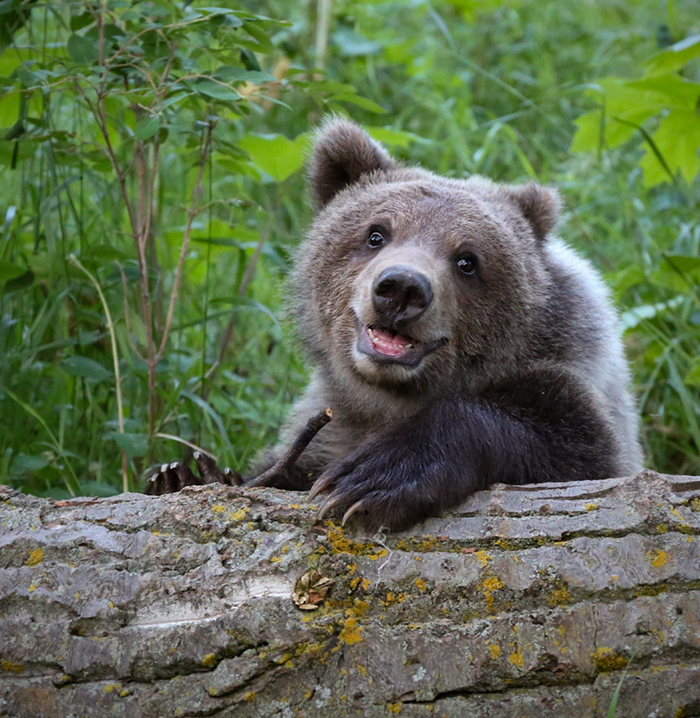
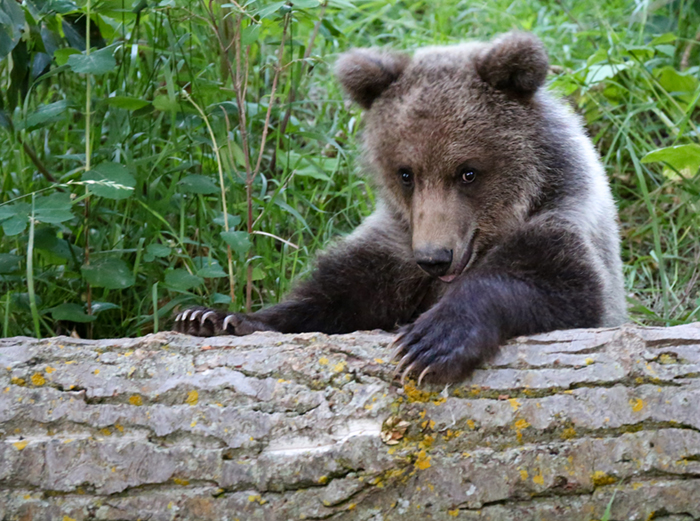
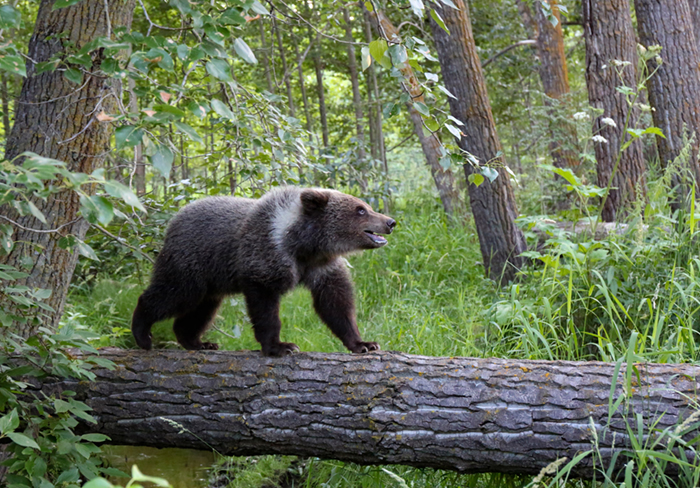
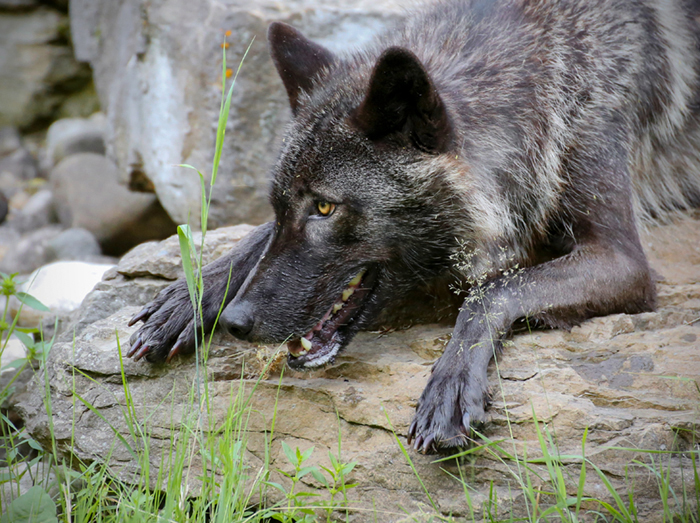
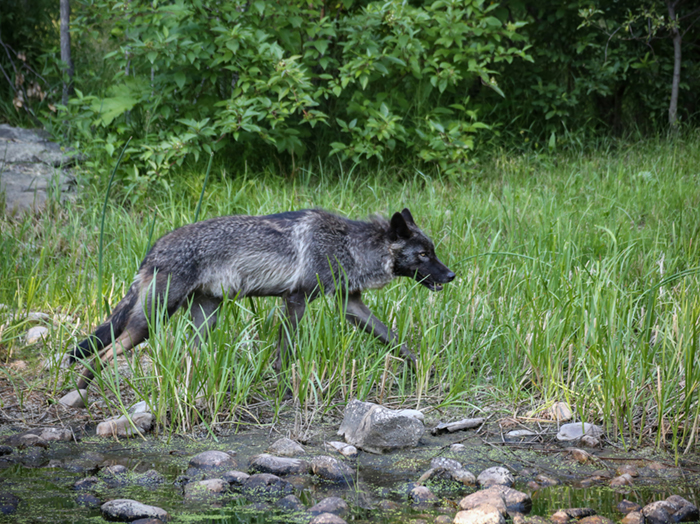

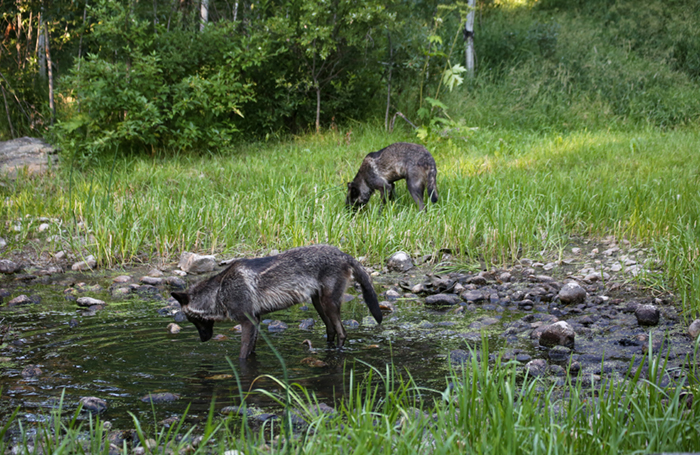
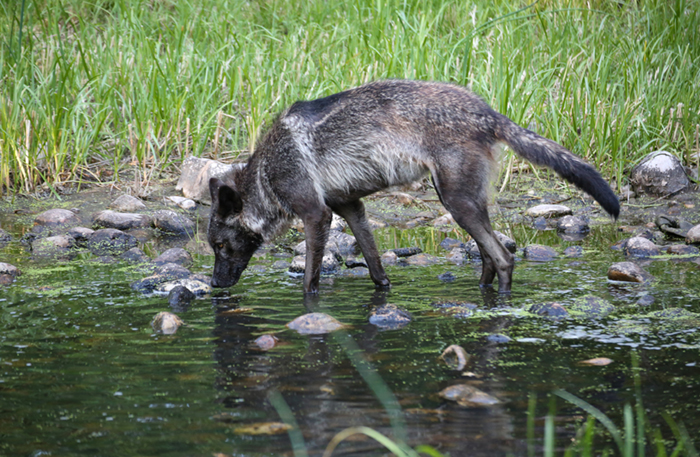
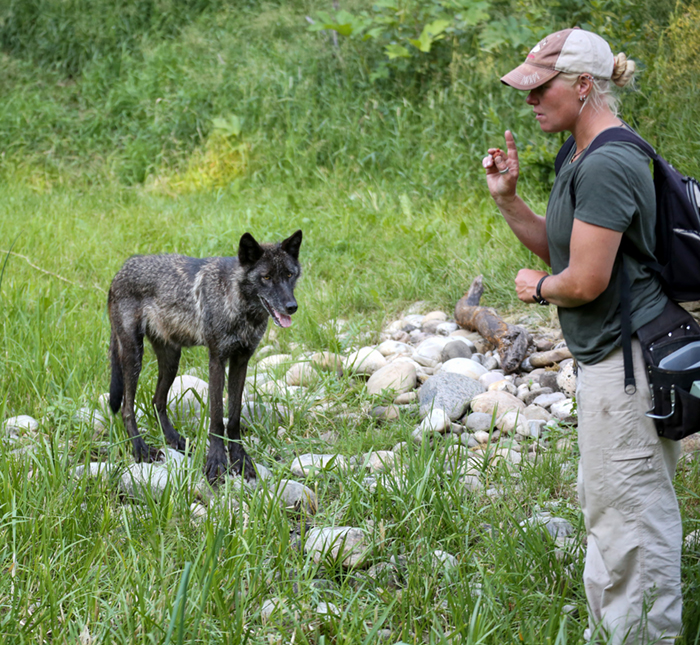
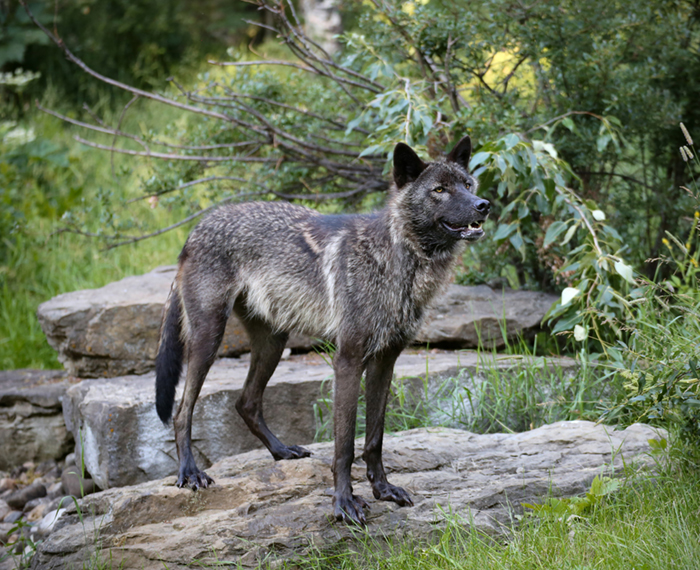
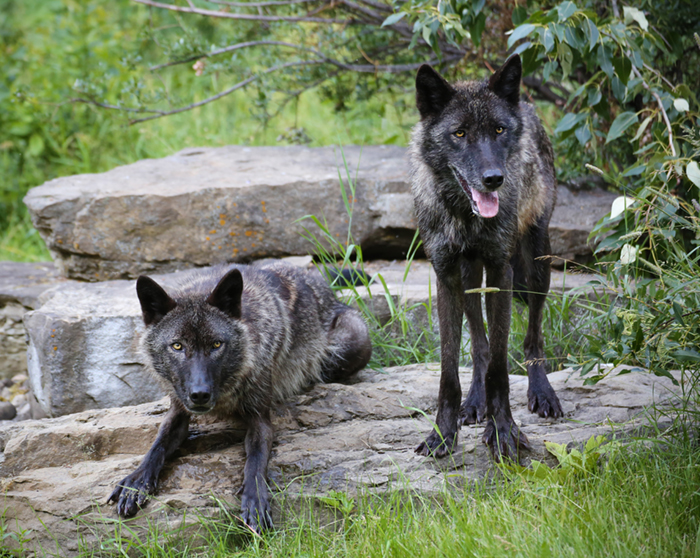
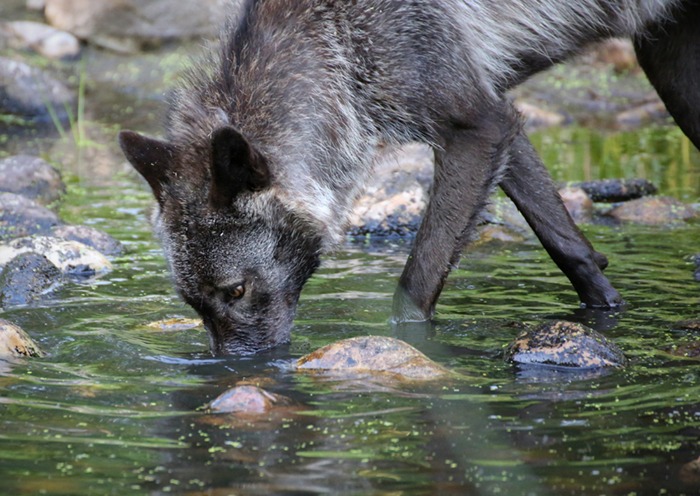
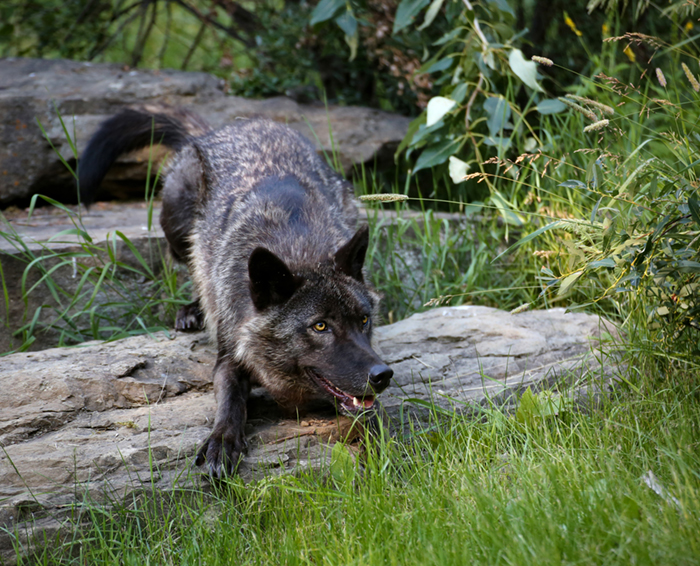
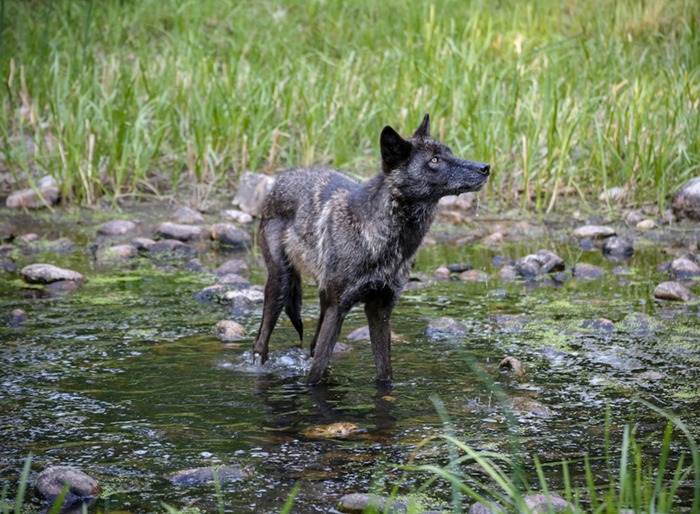
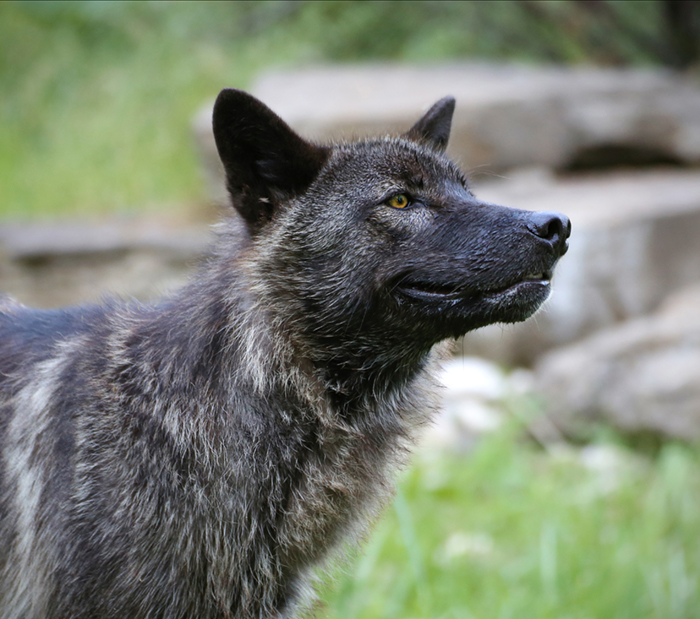
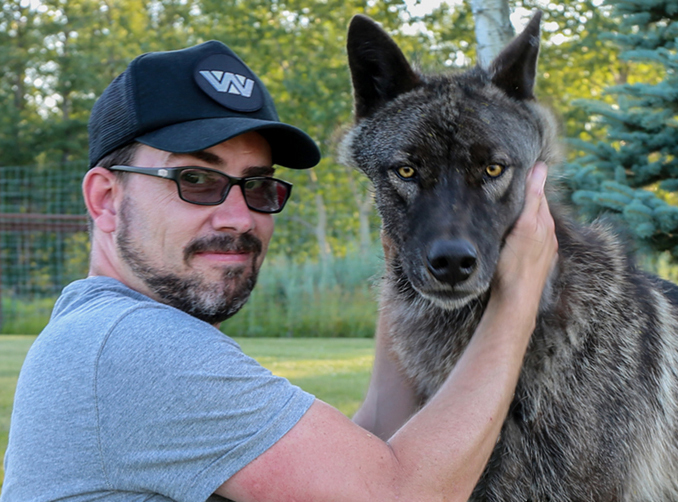
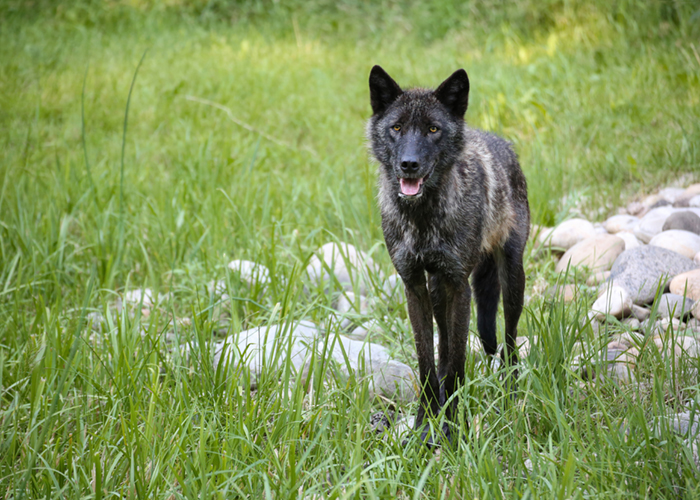
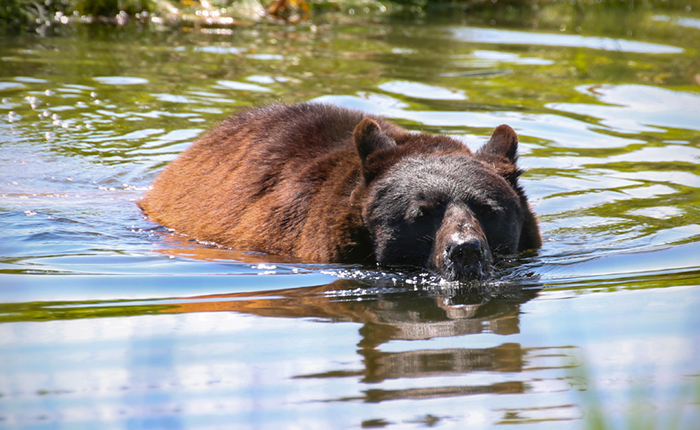
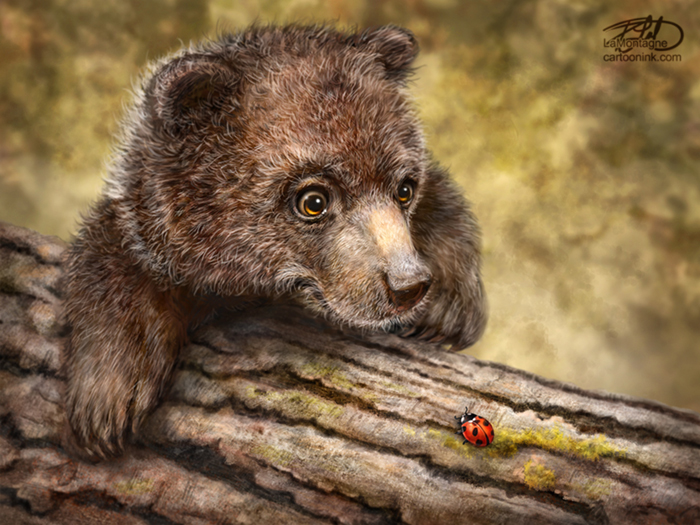
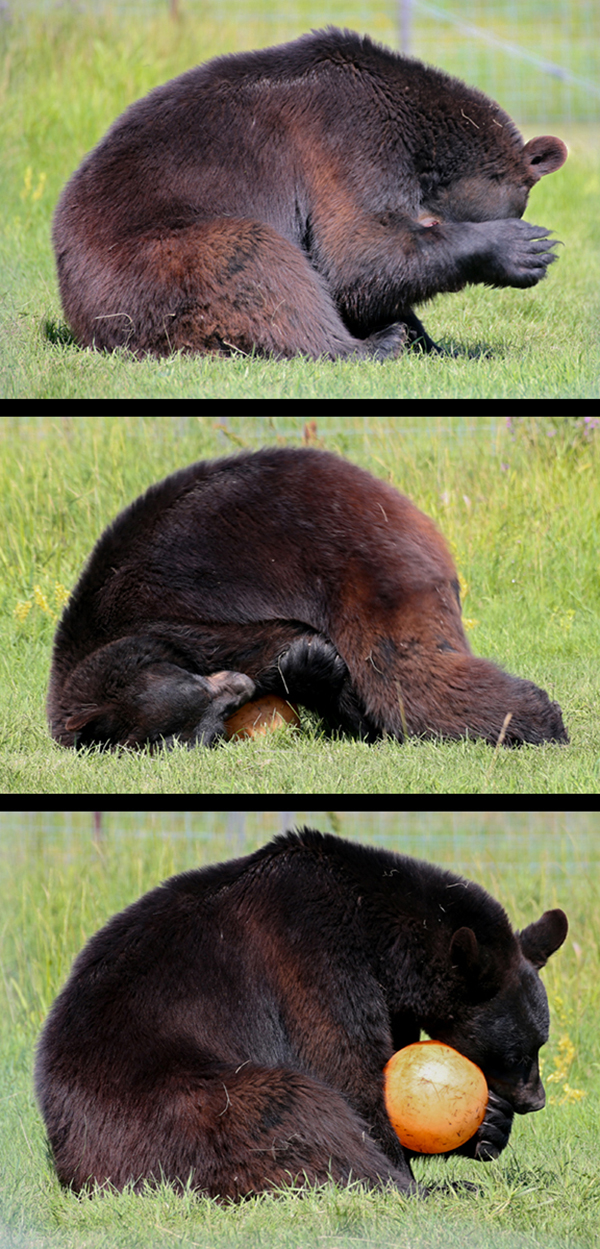
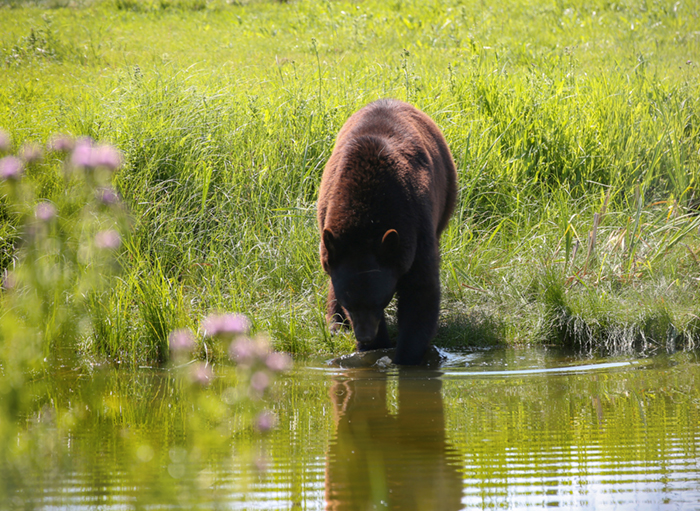 .
.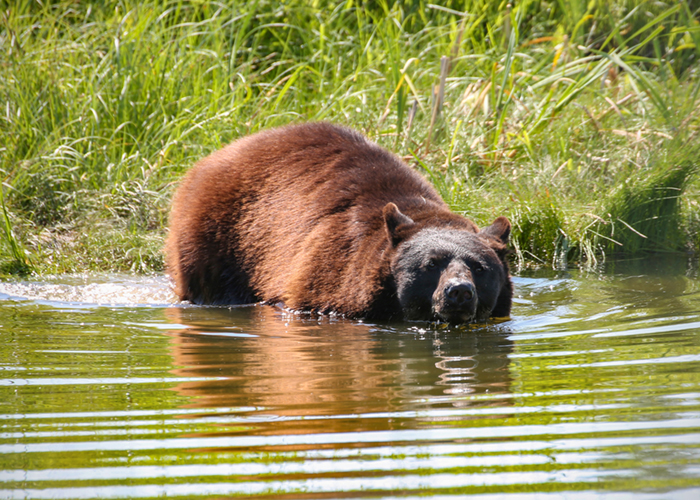 .
.
